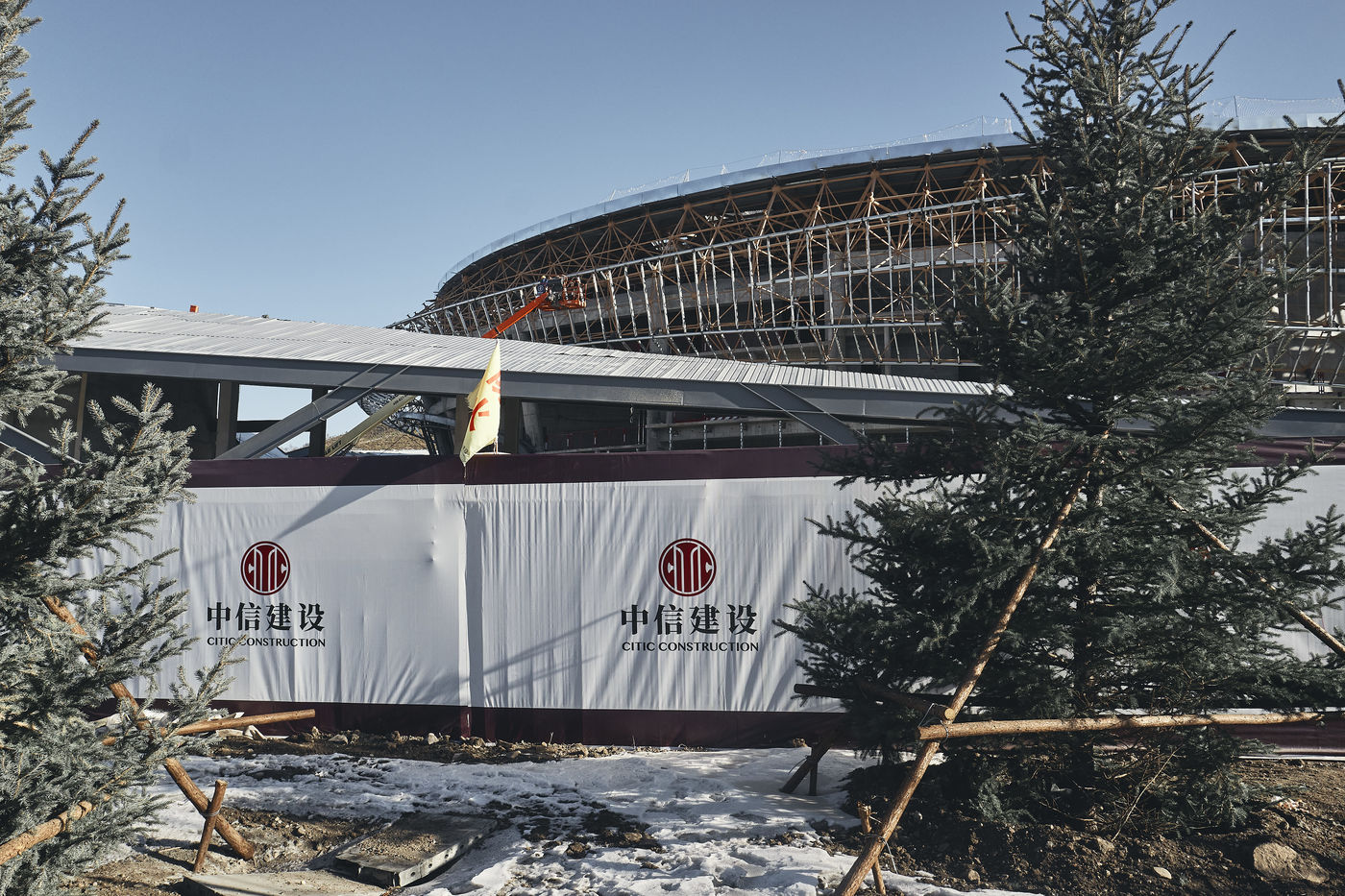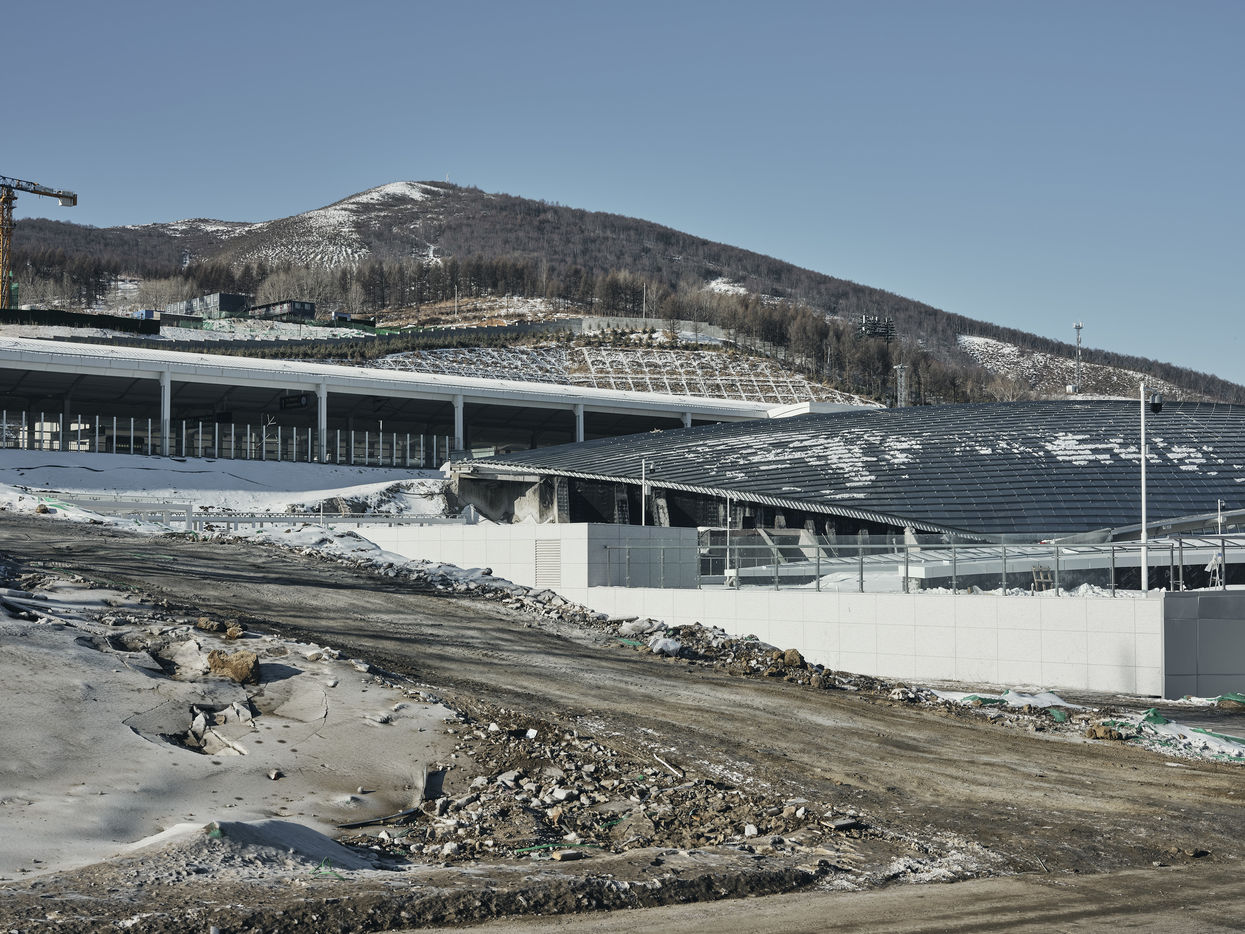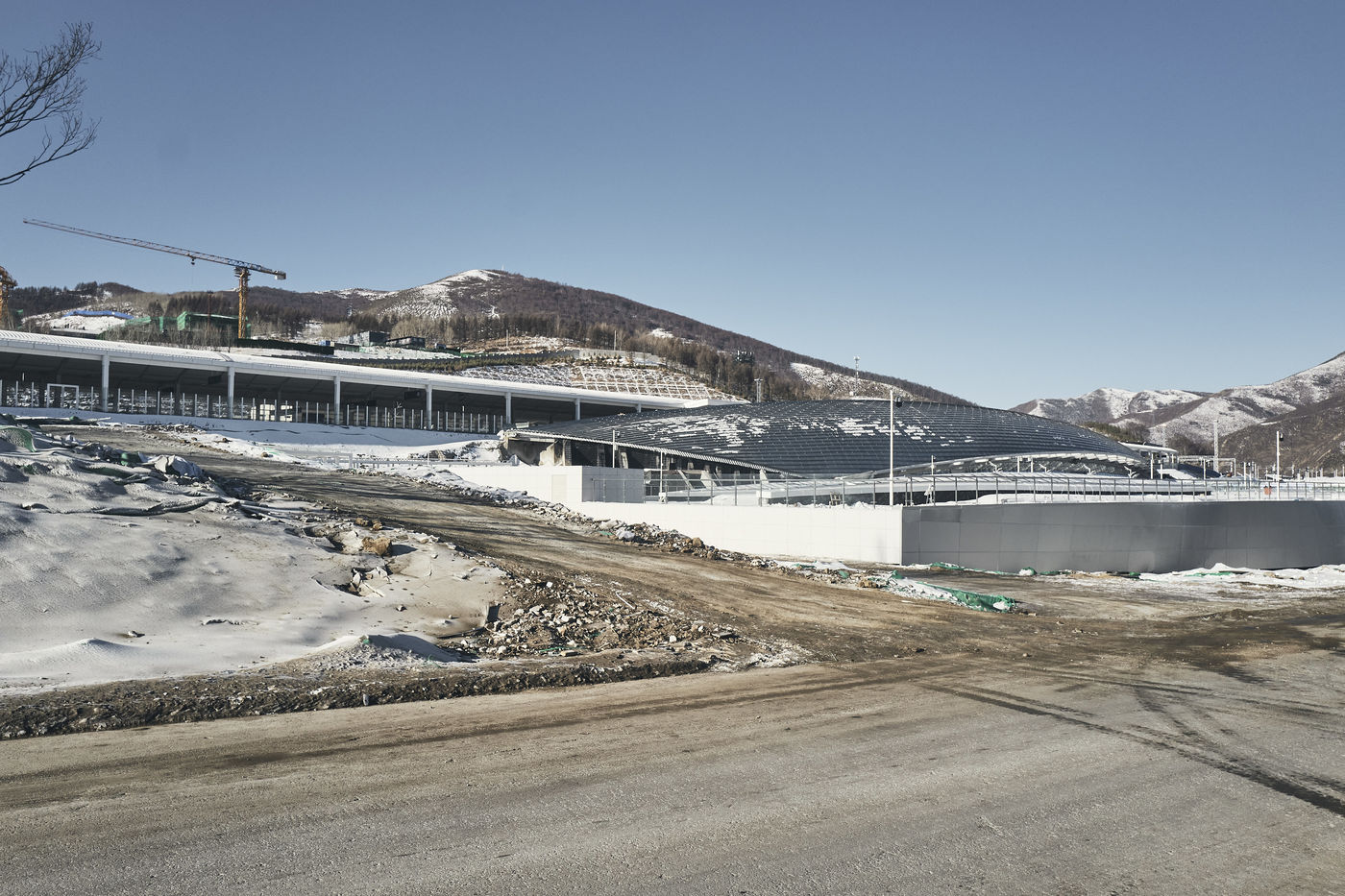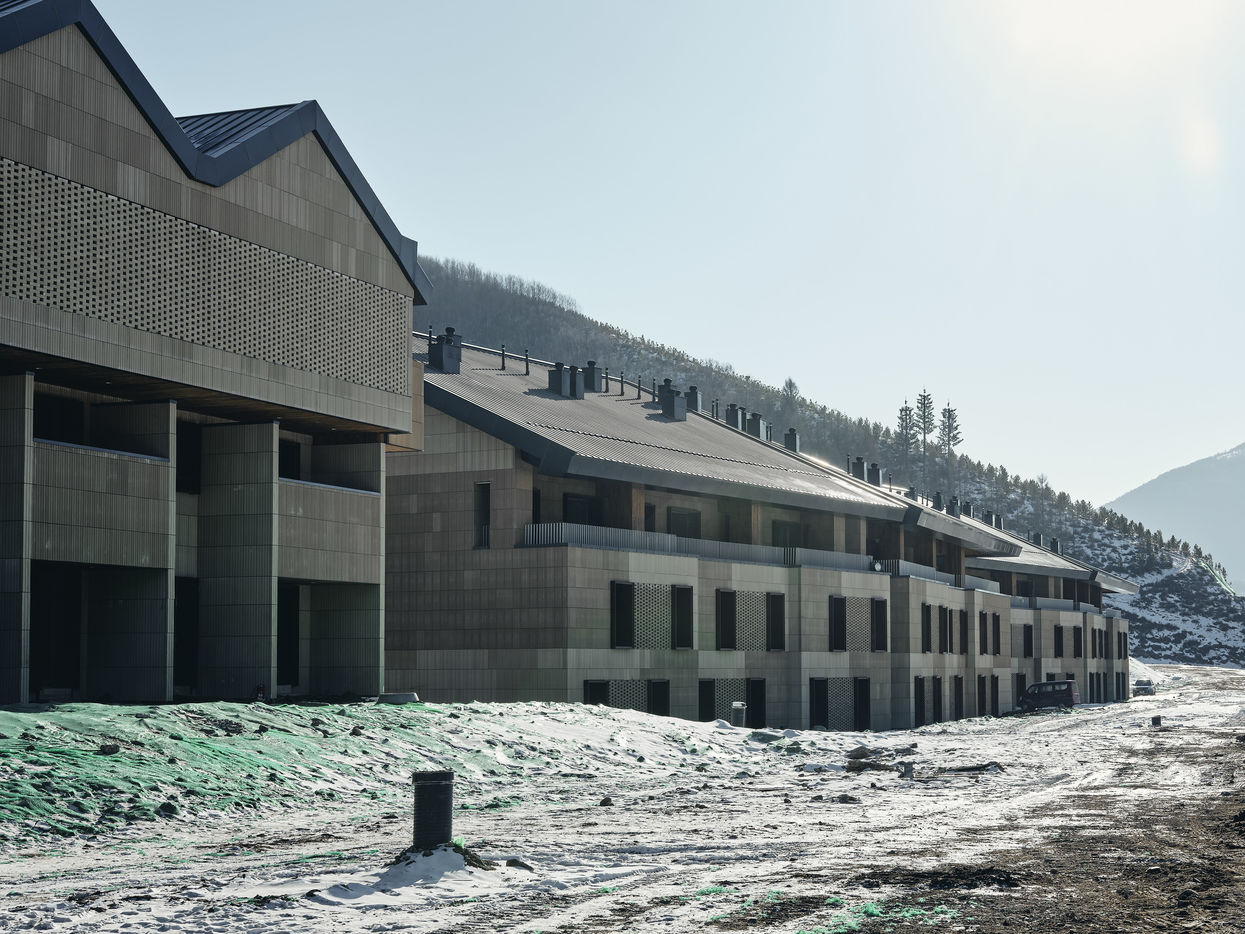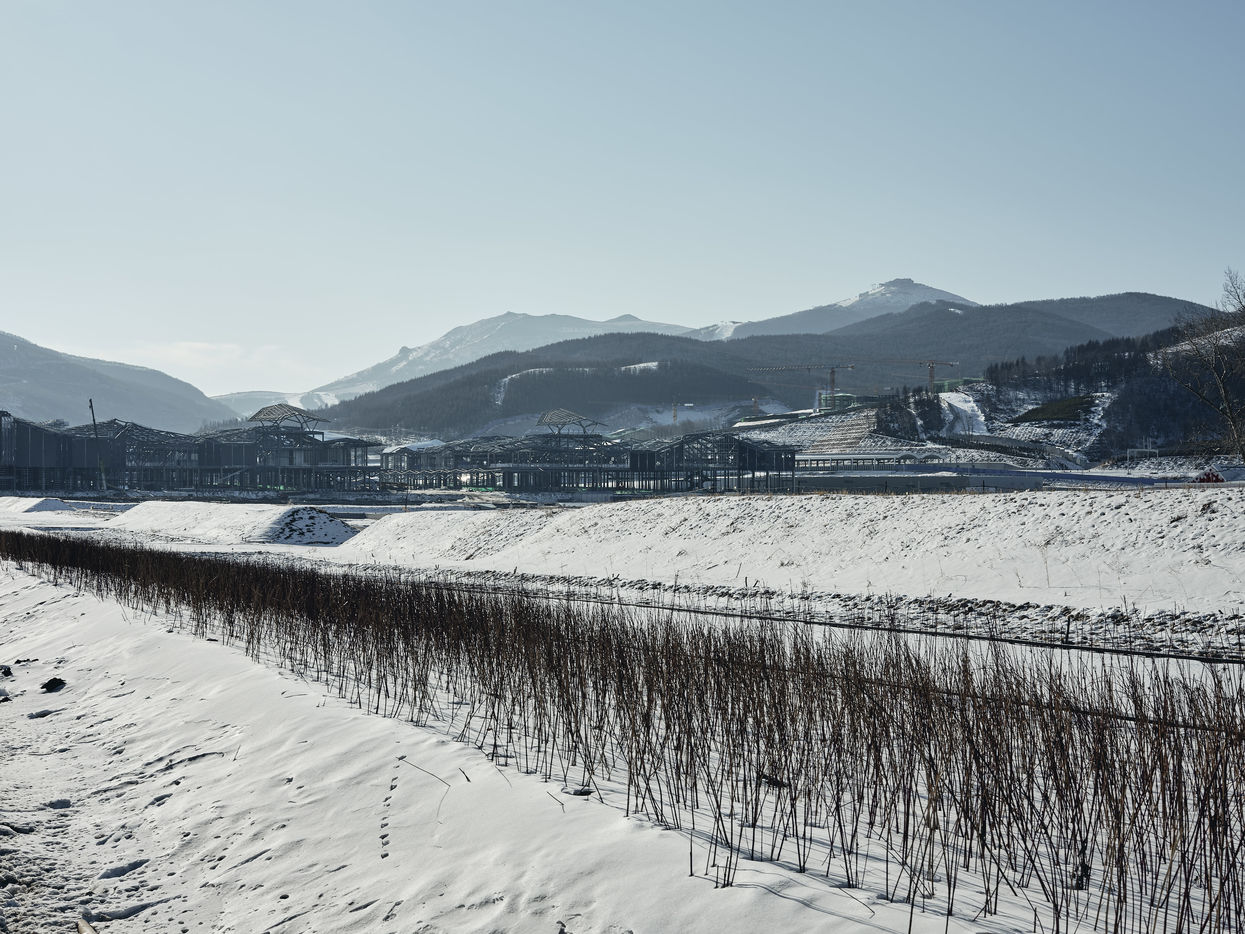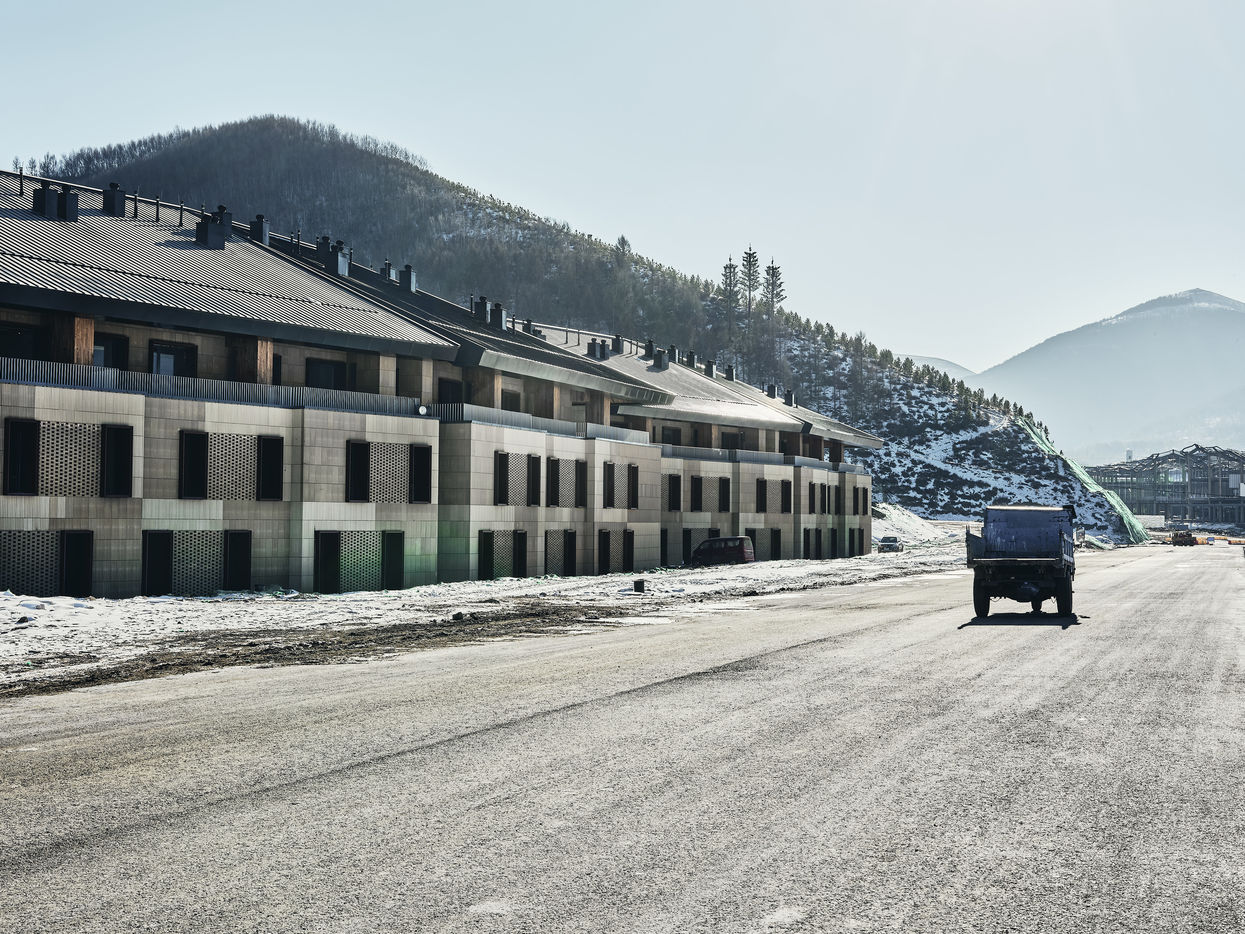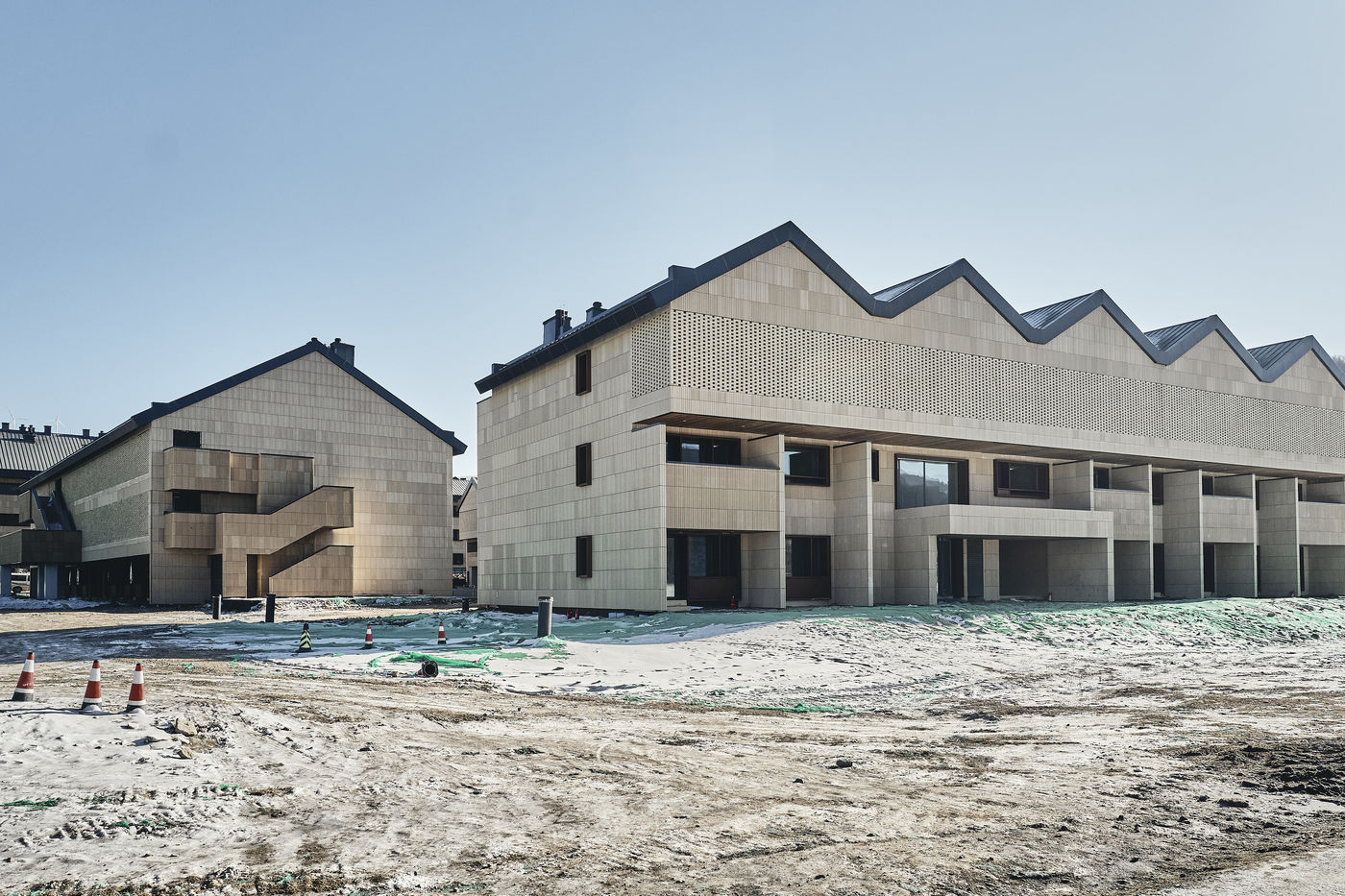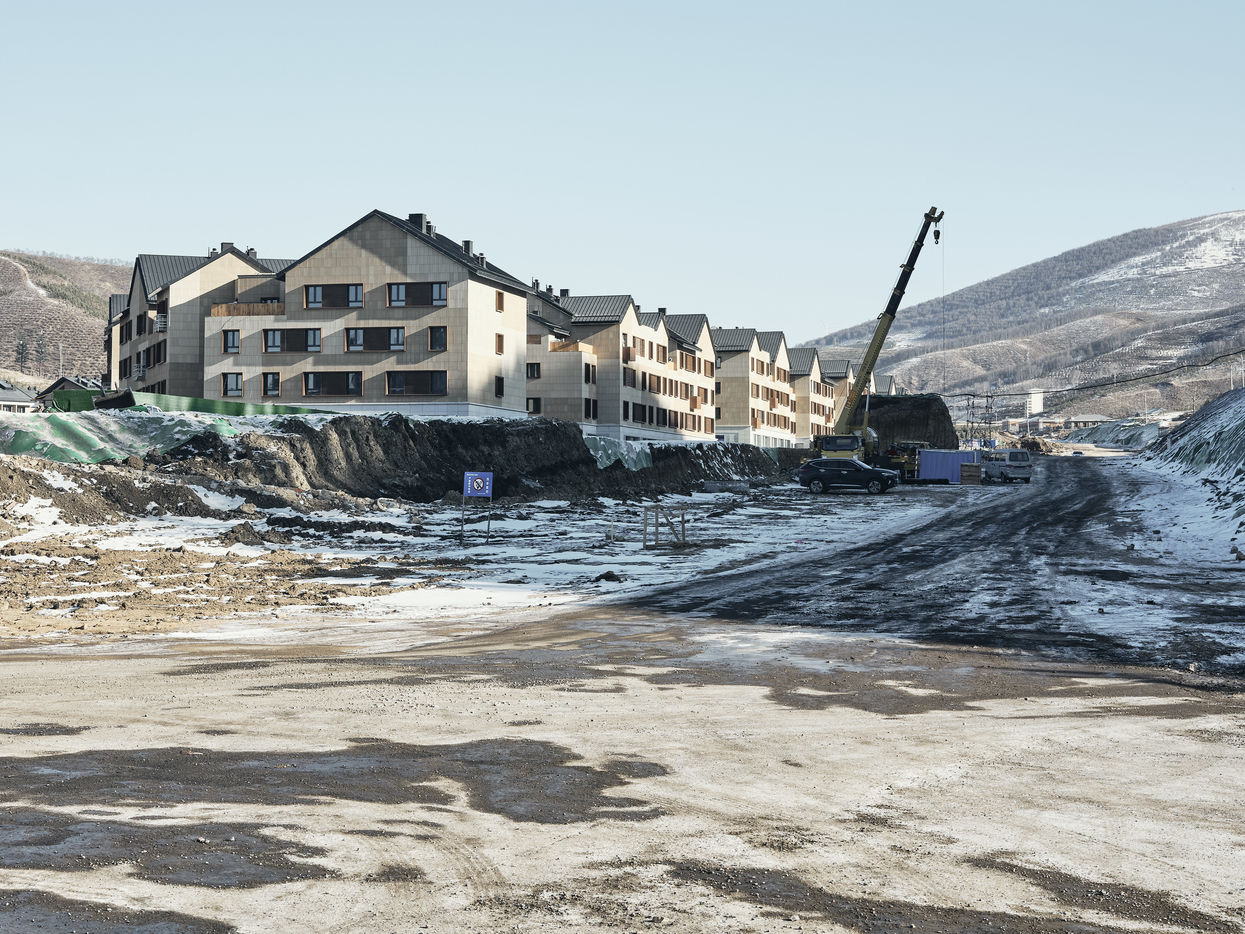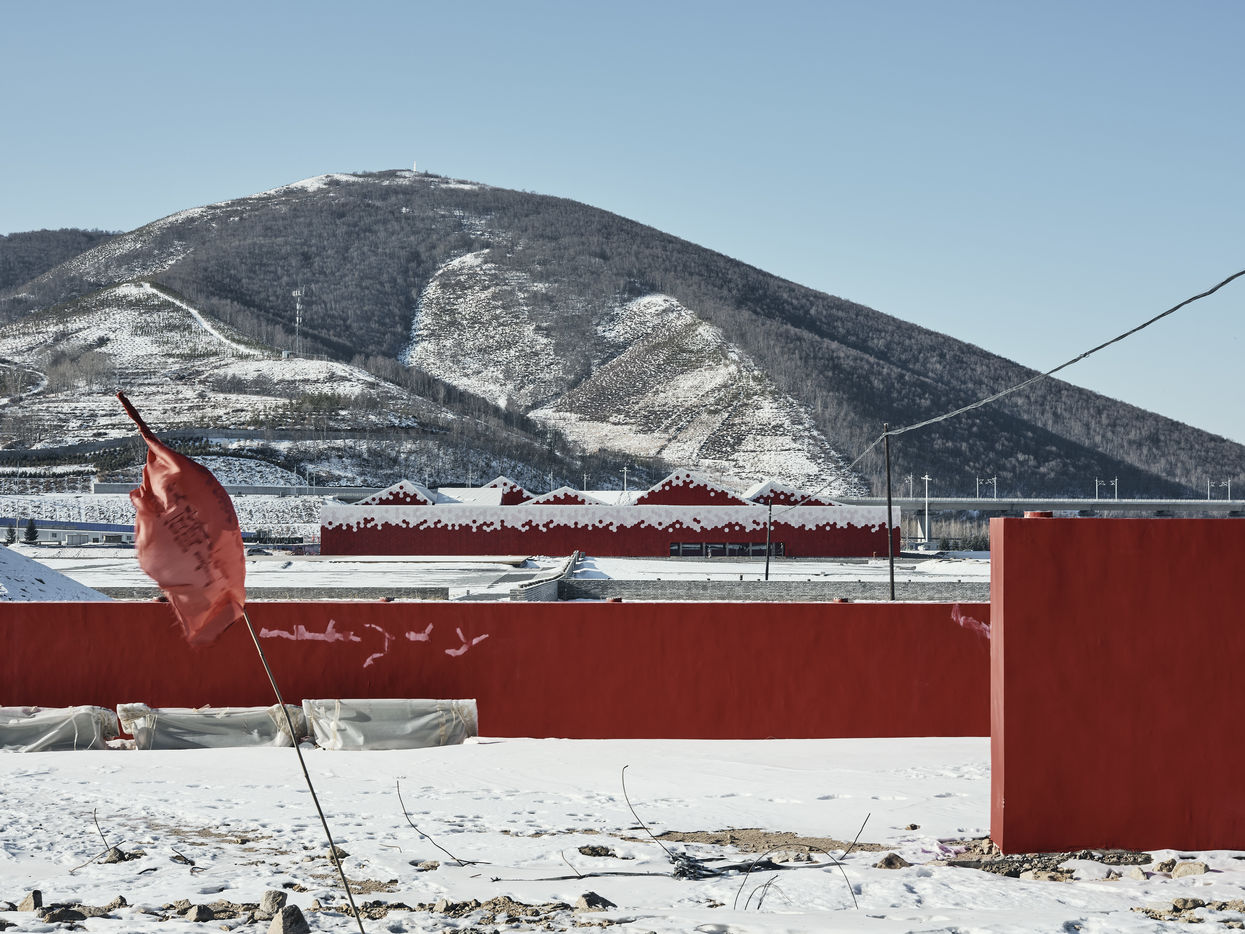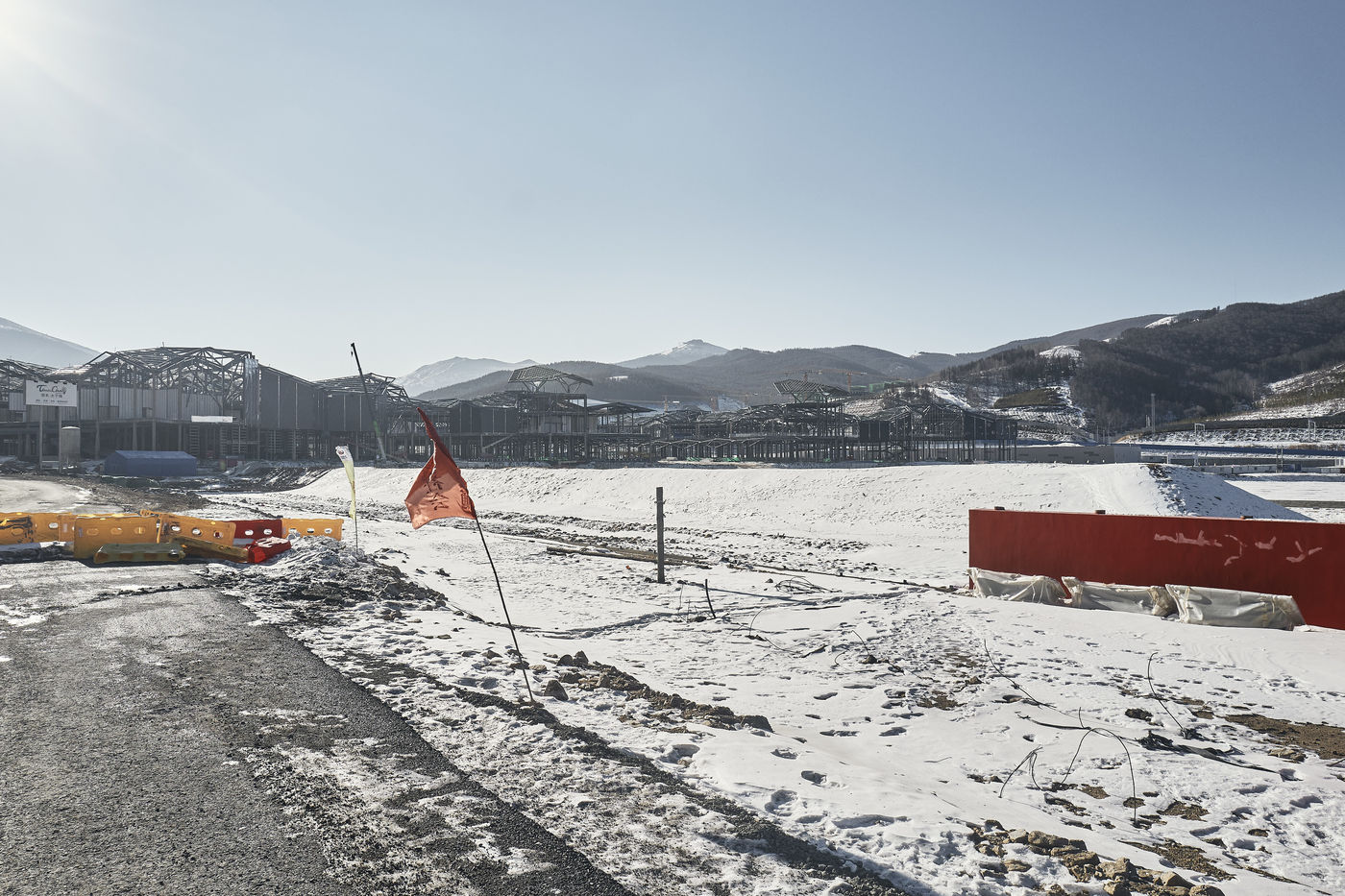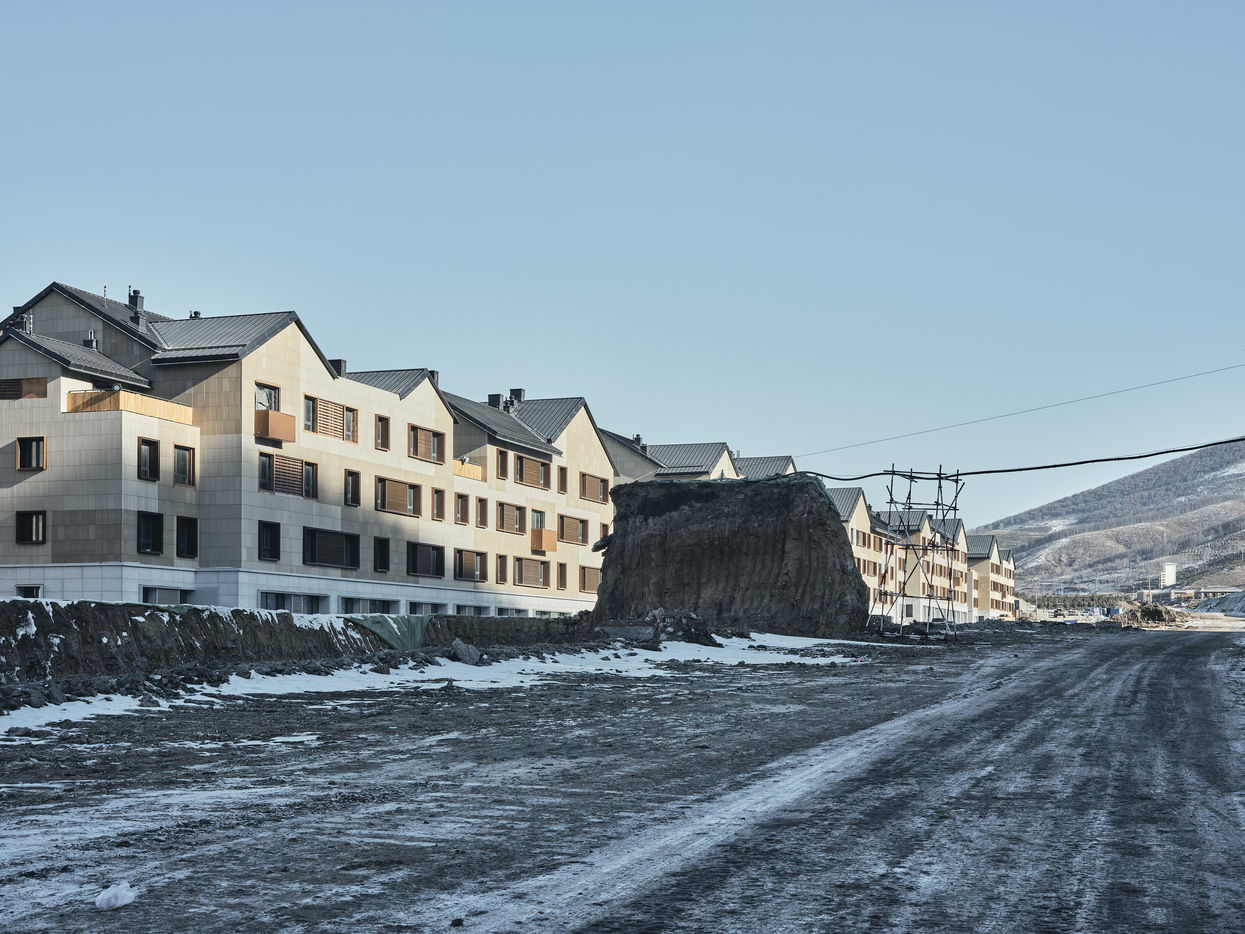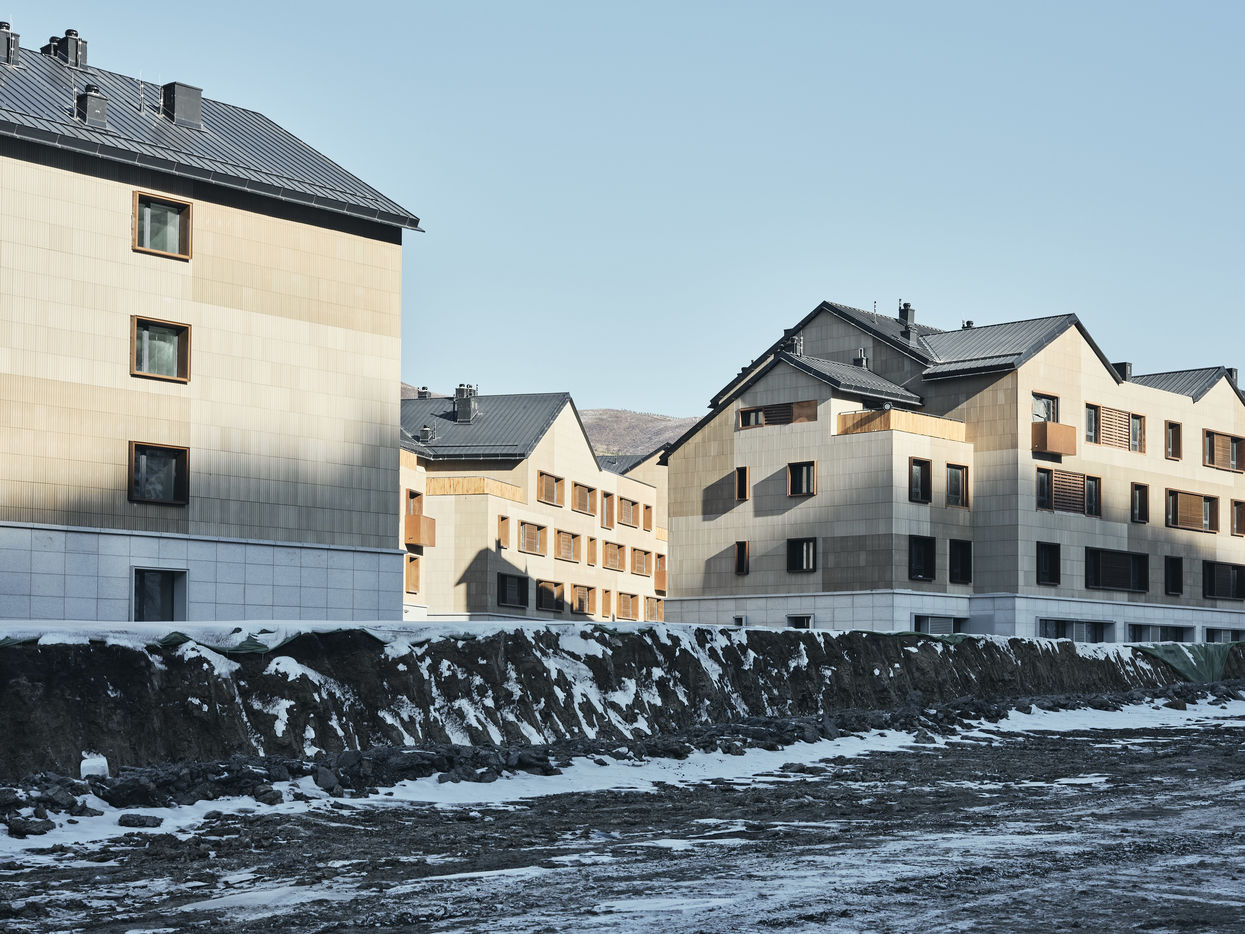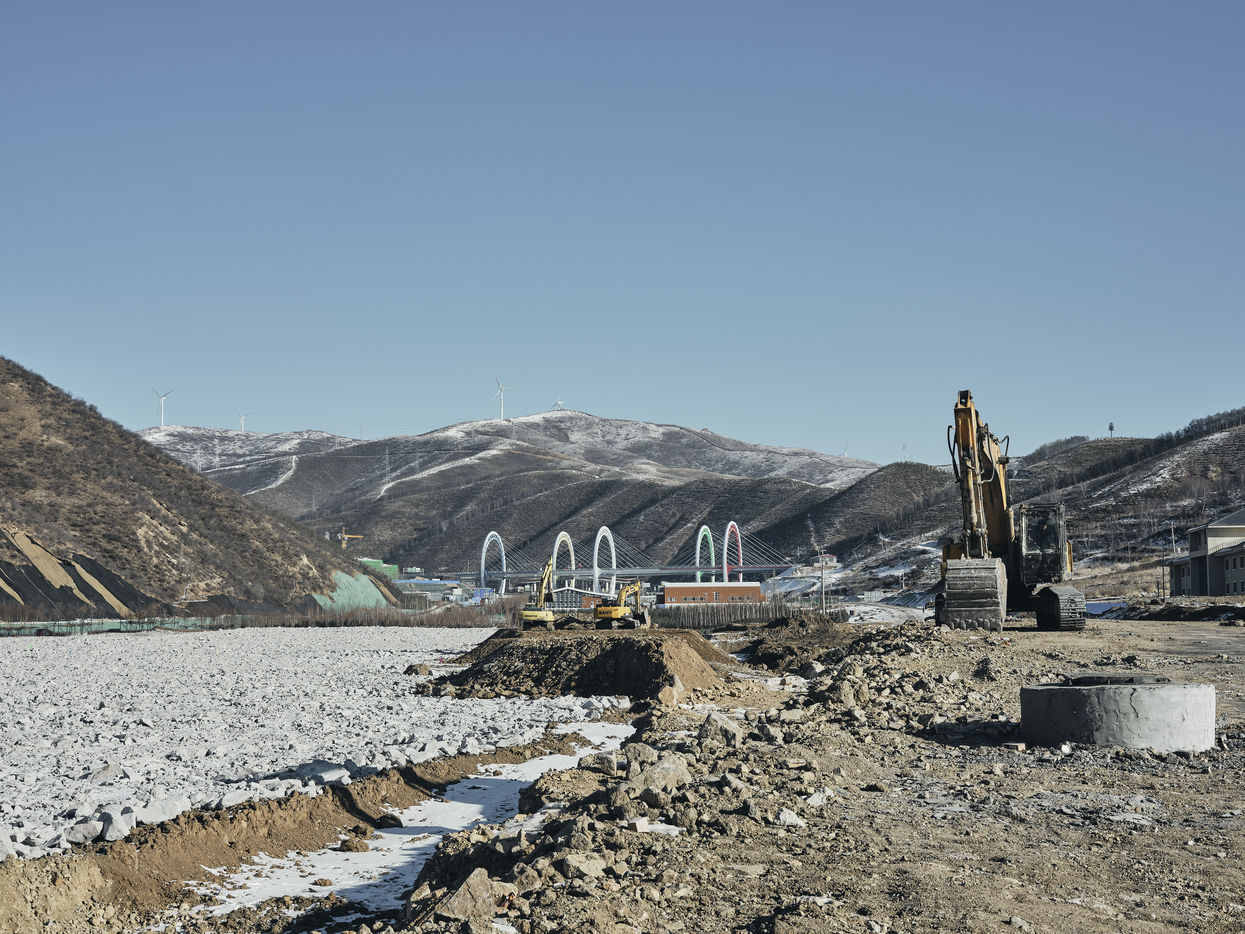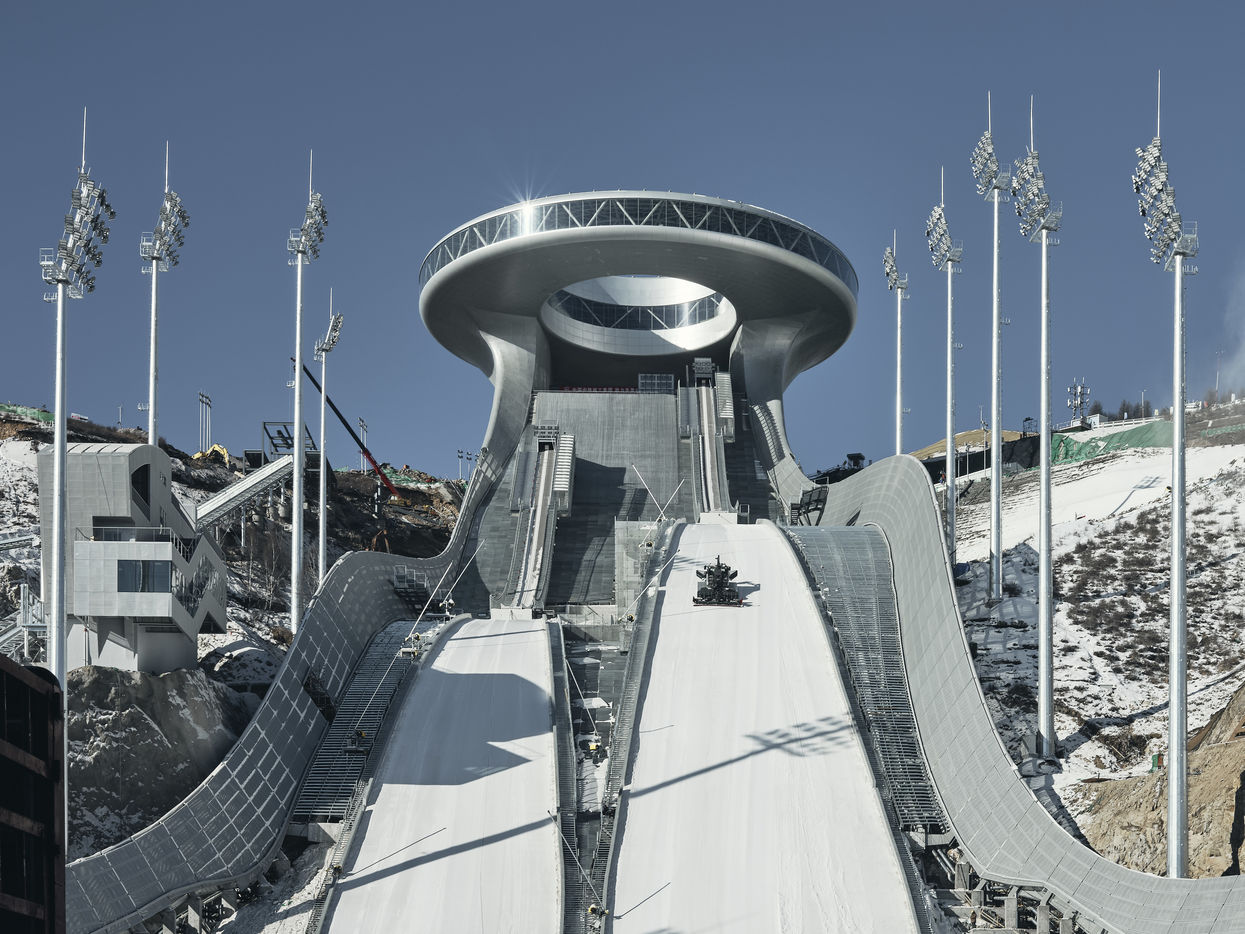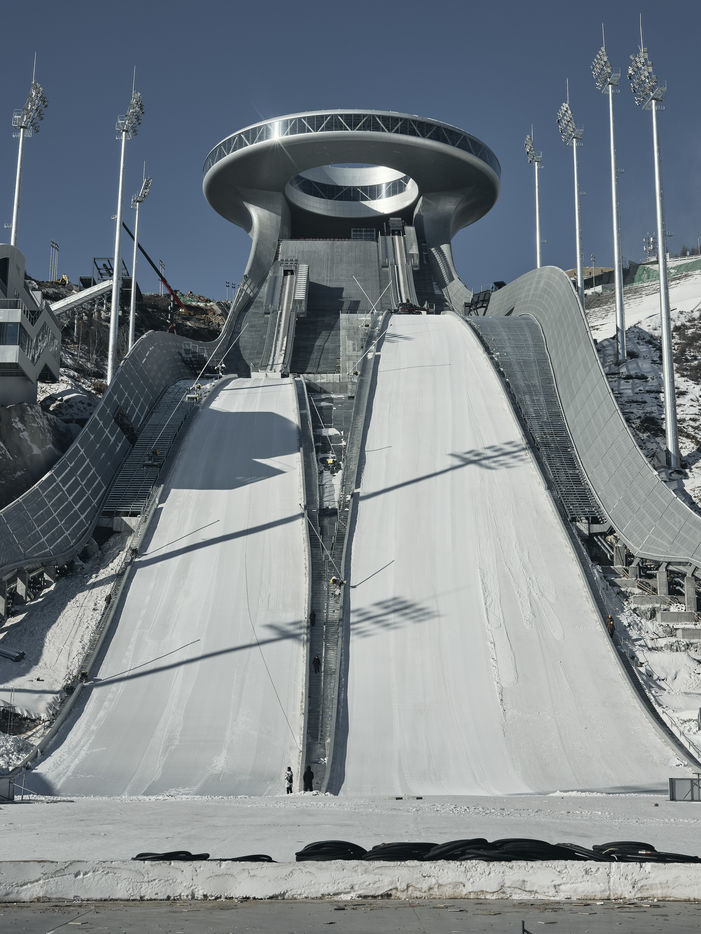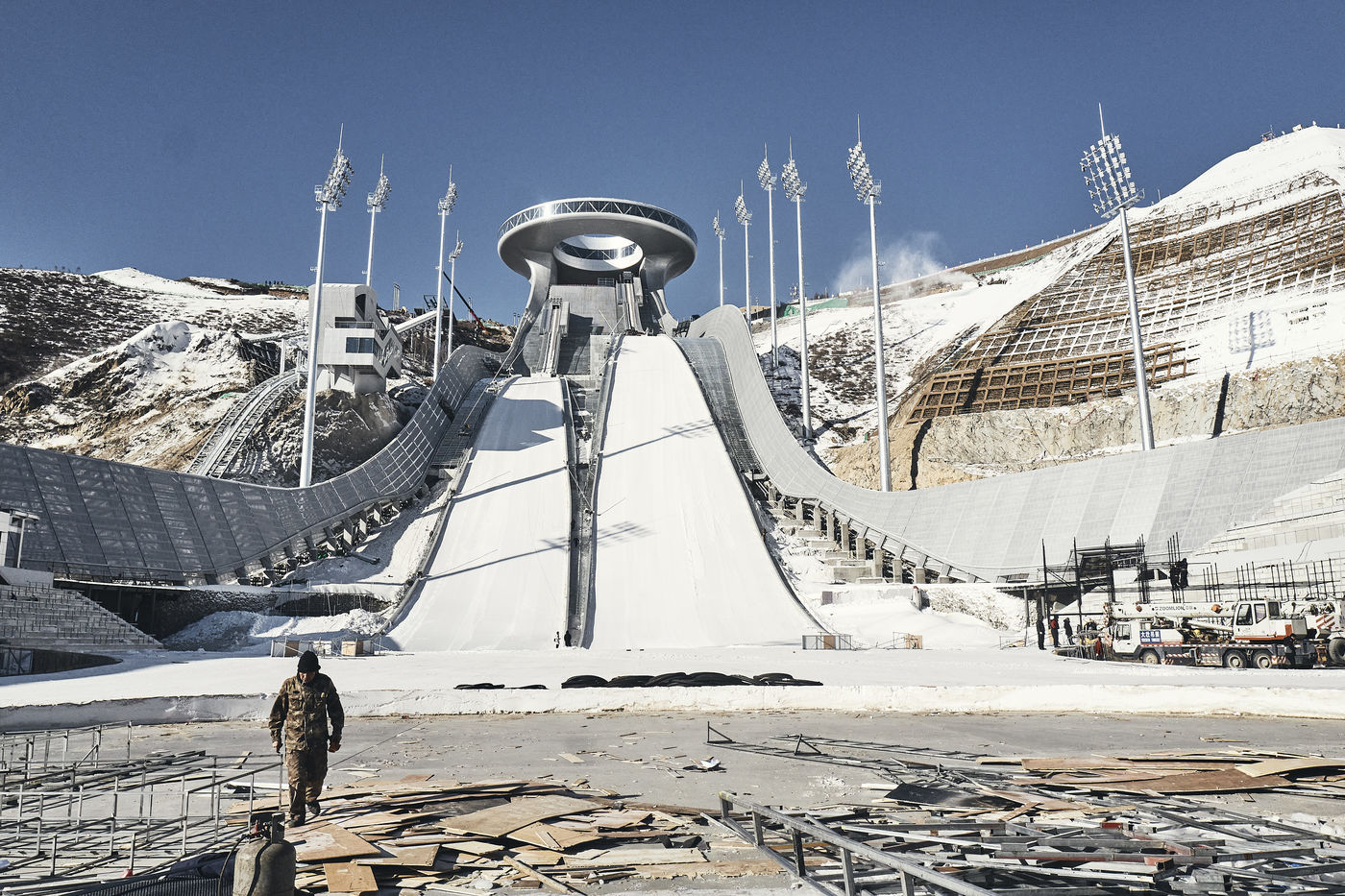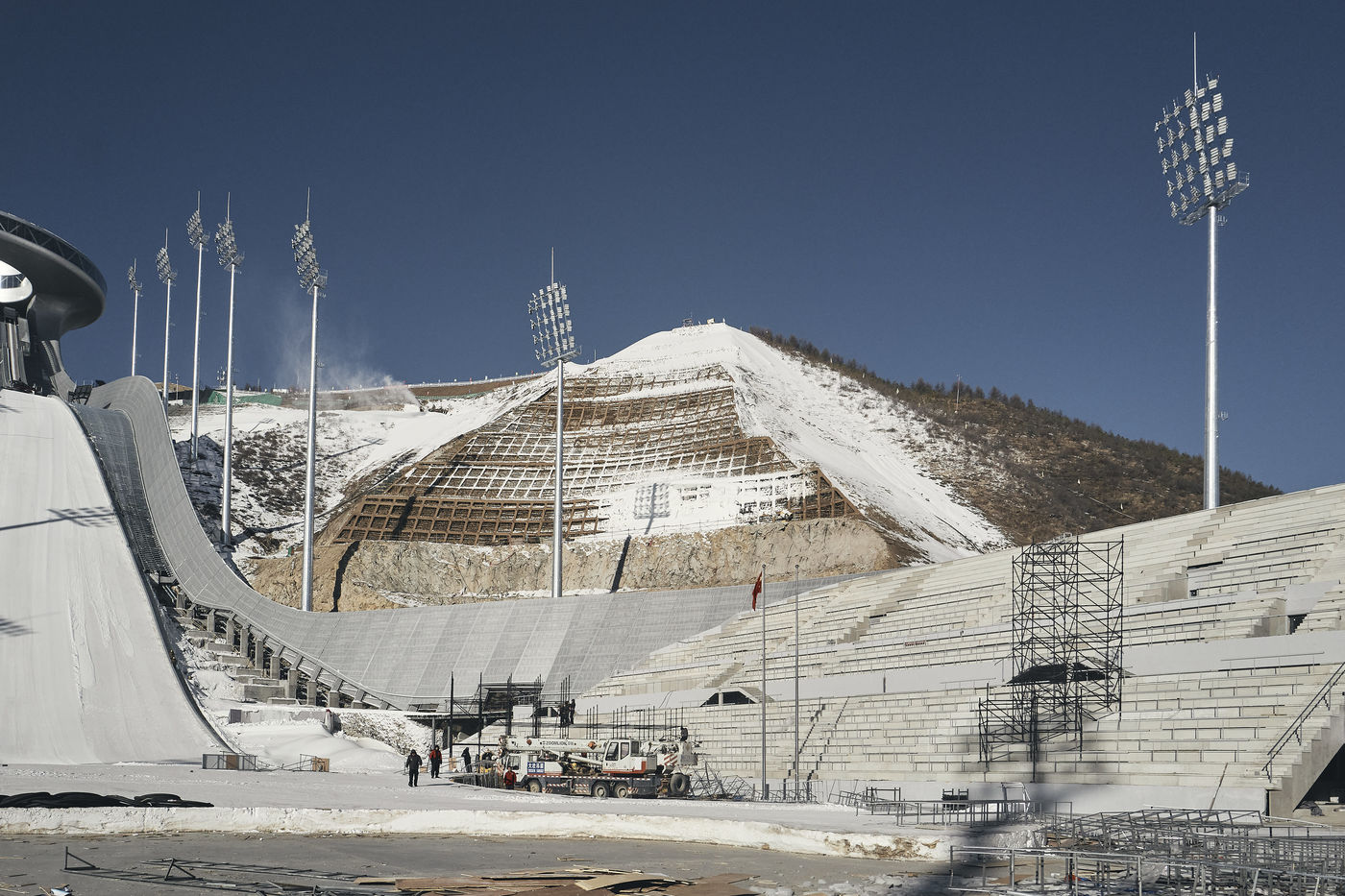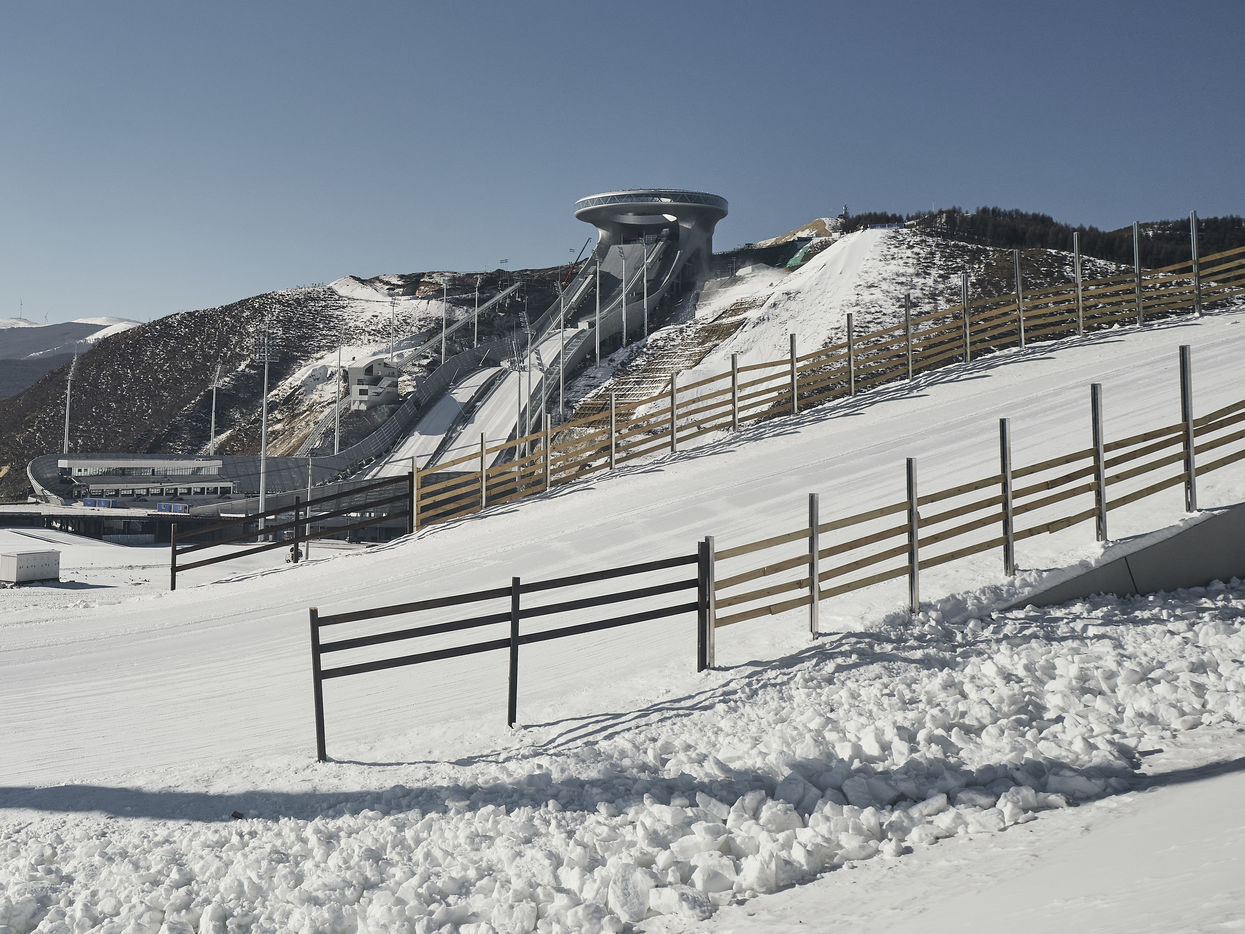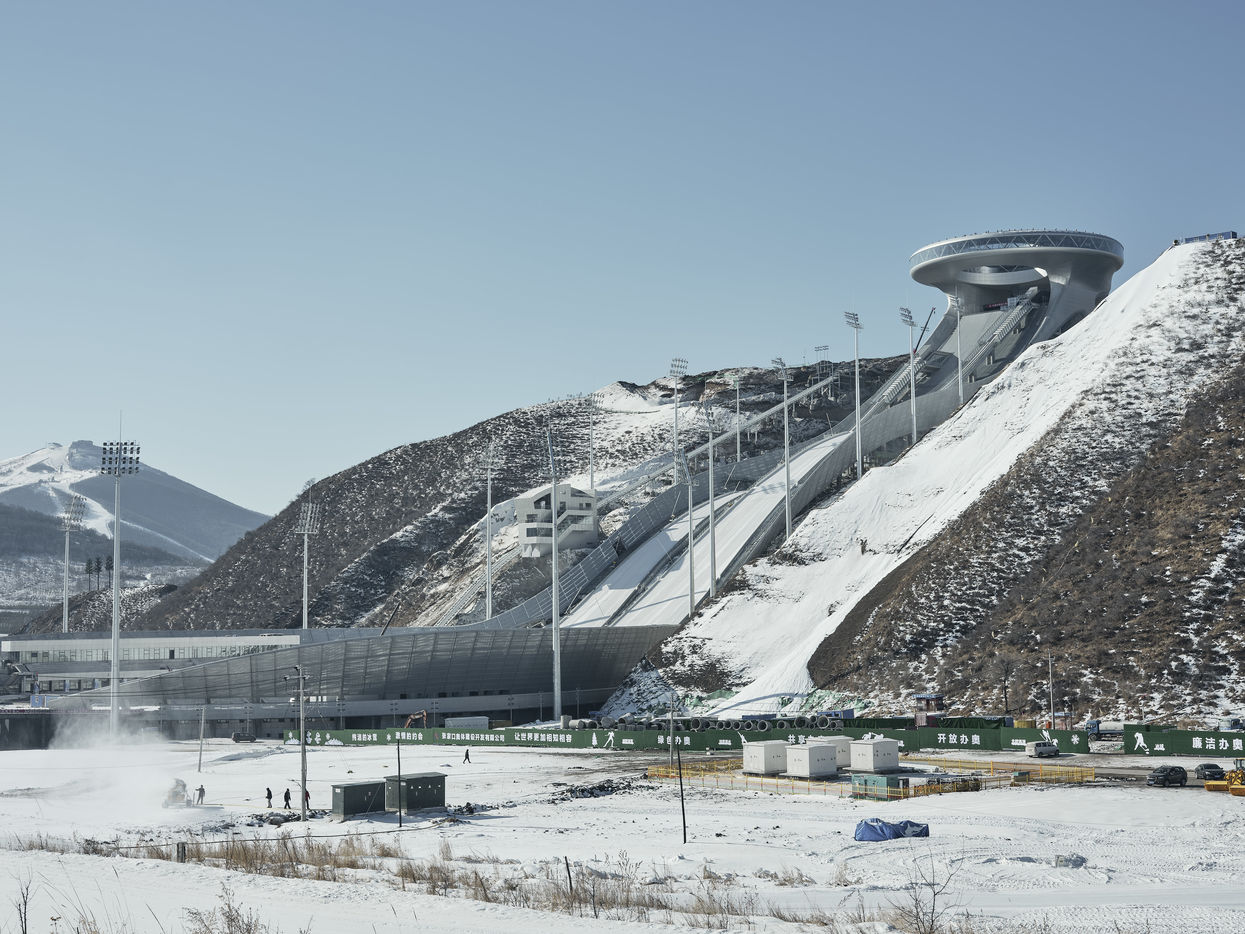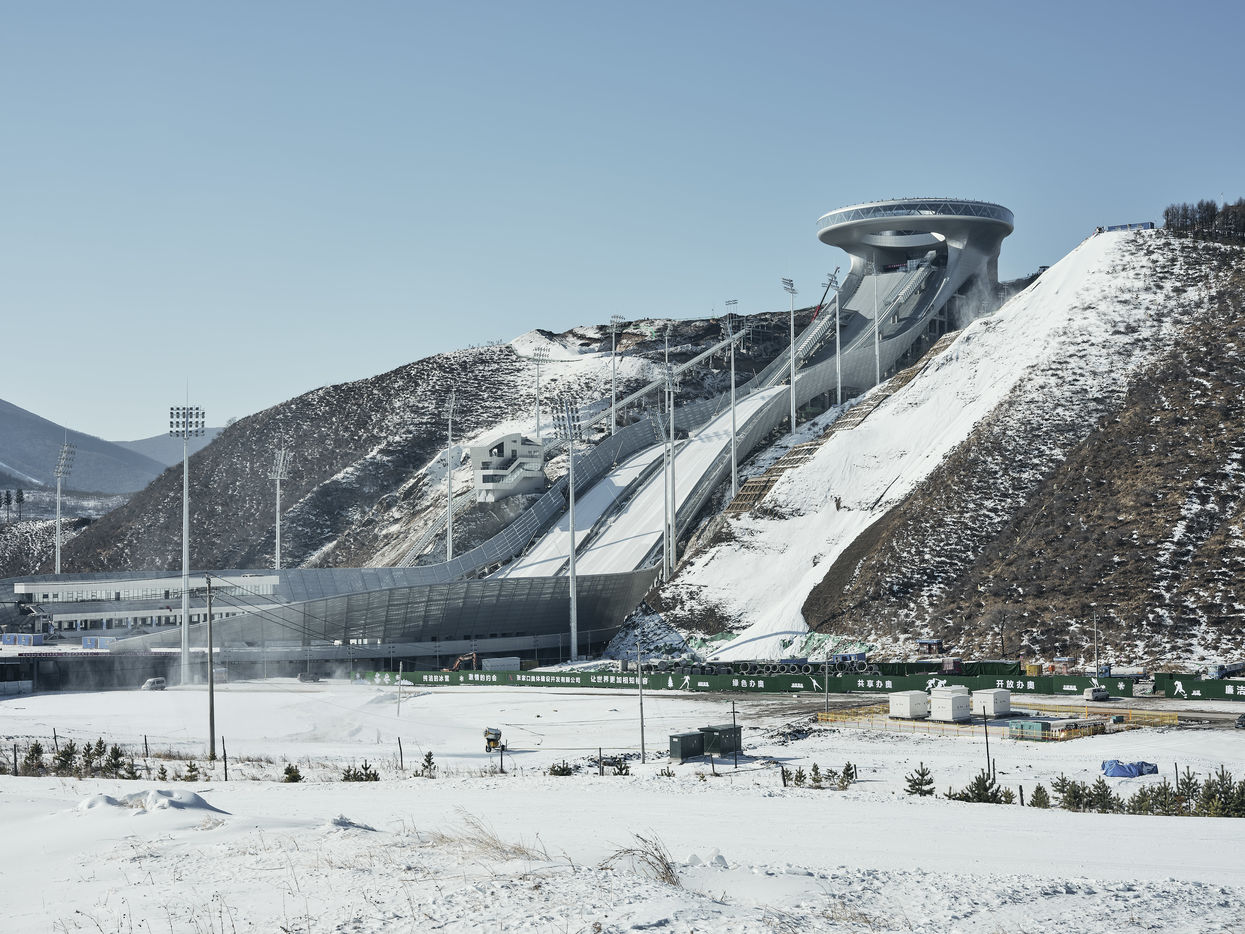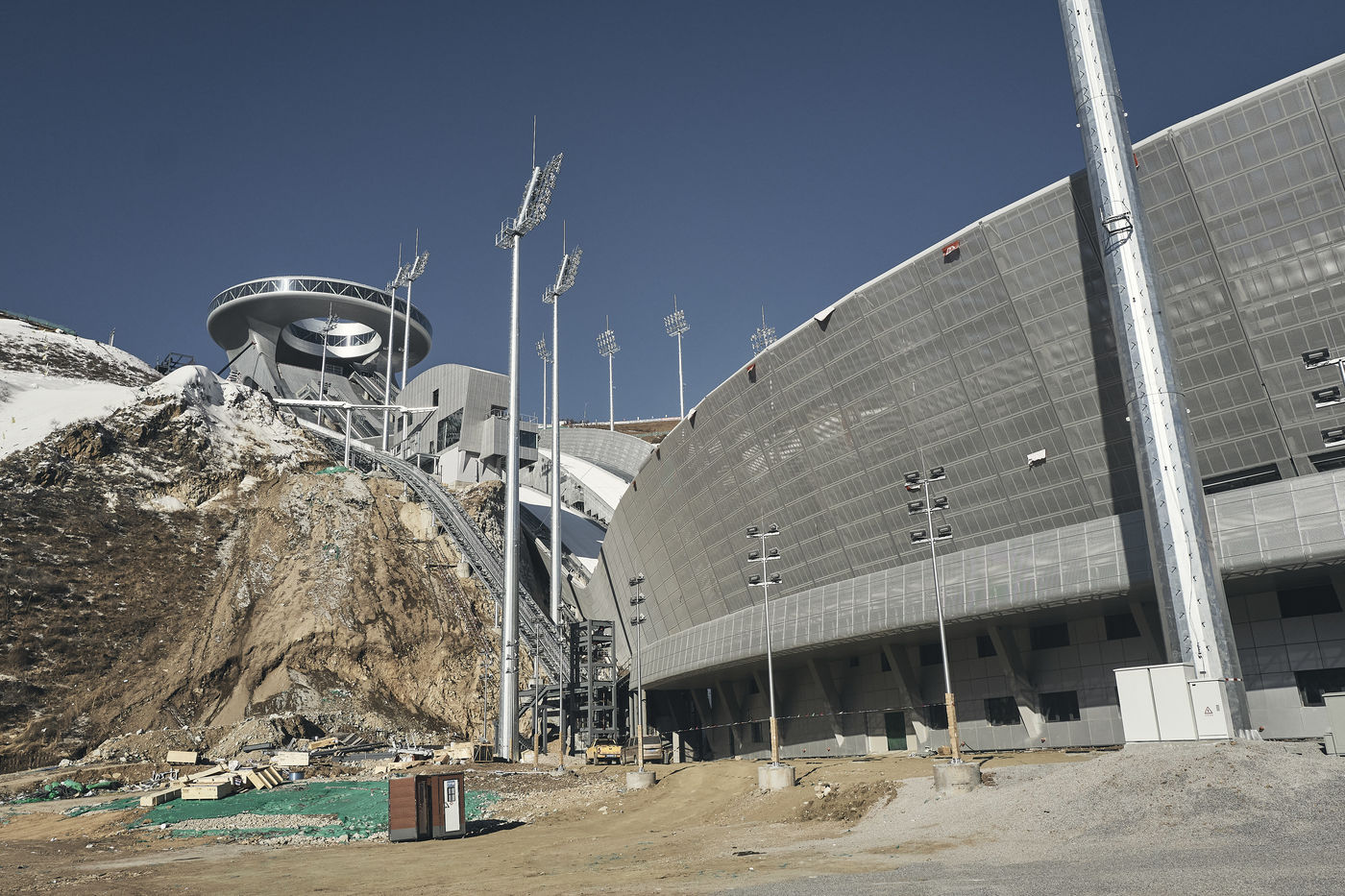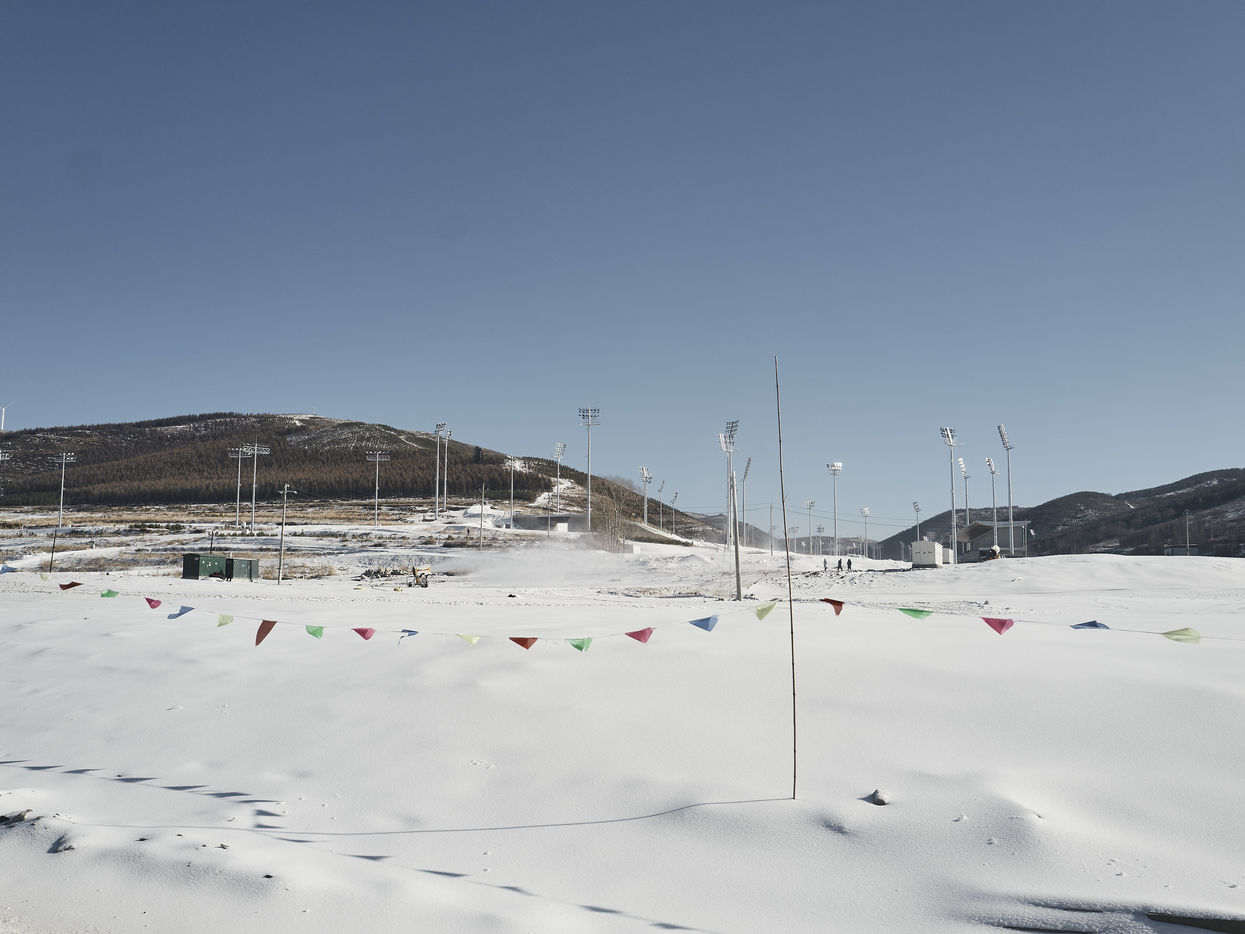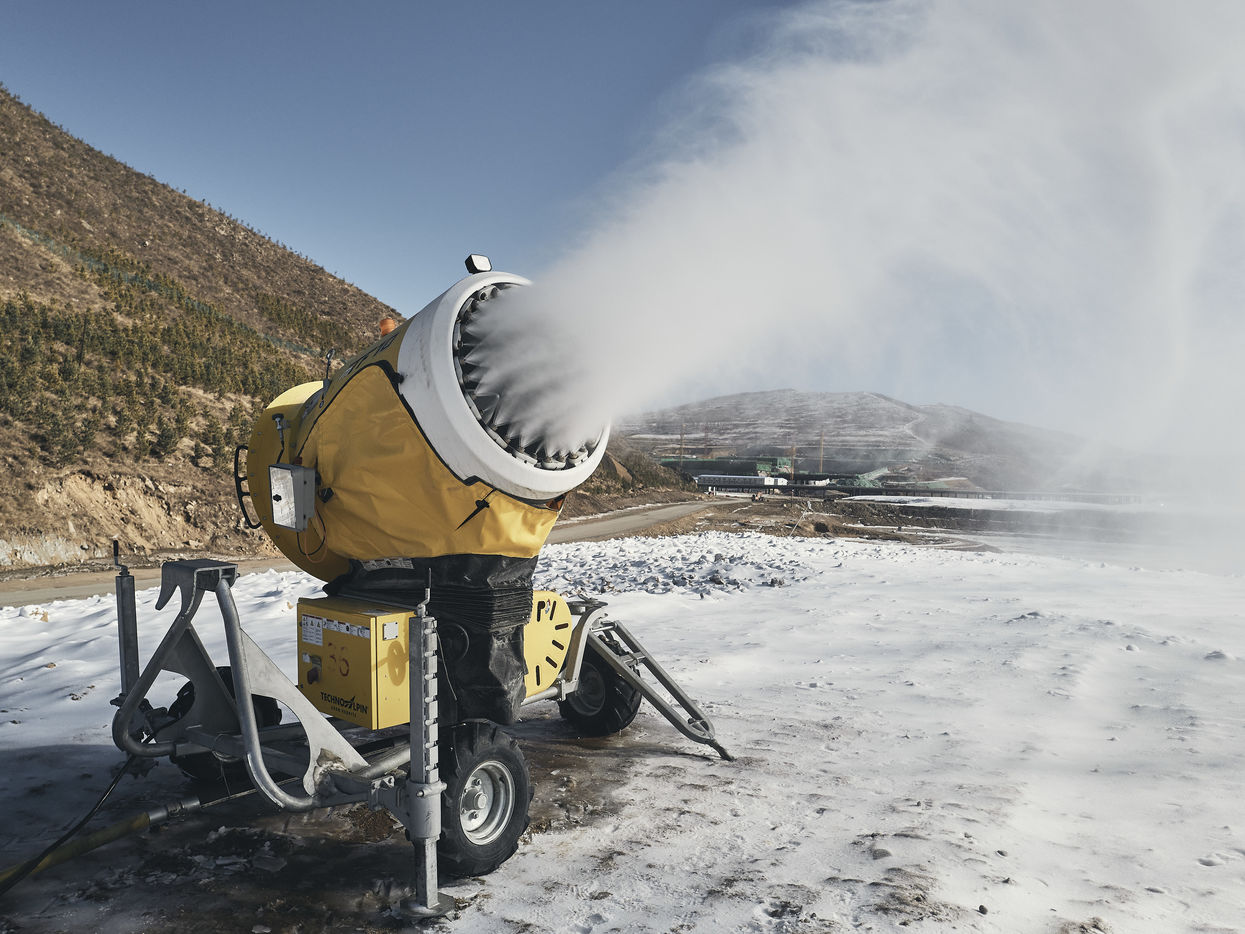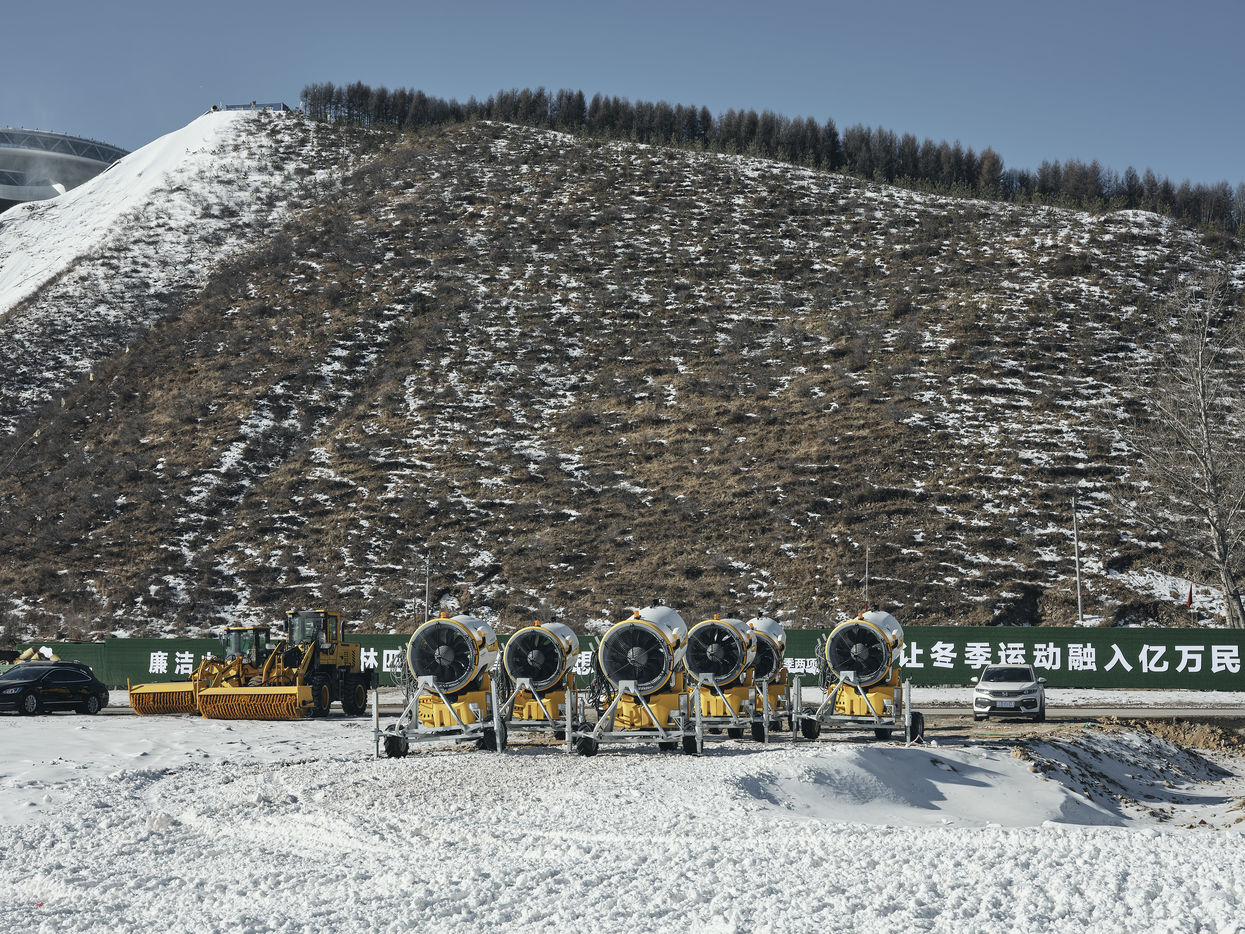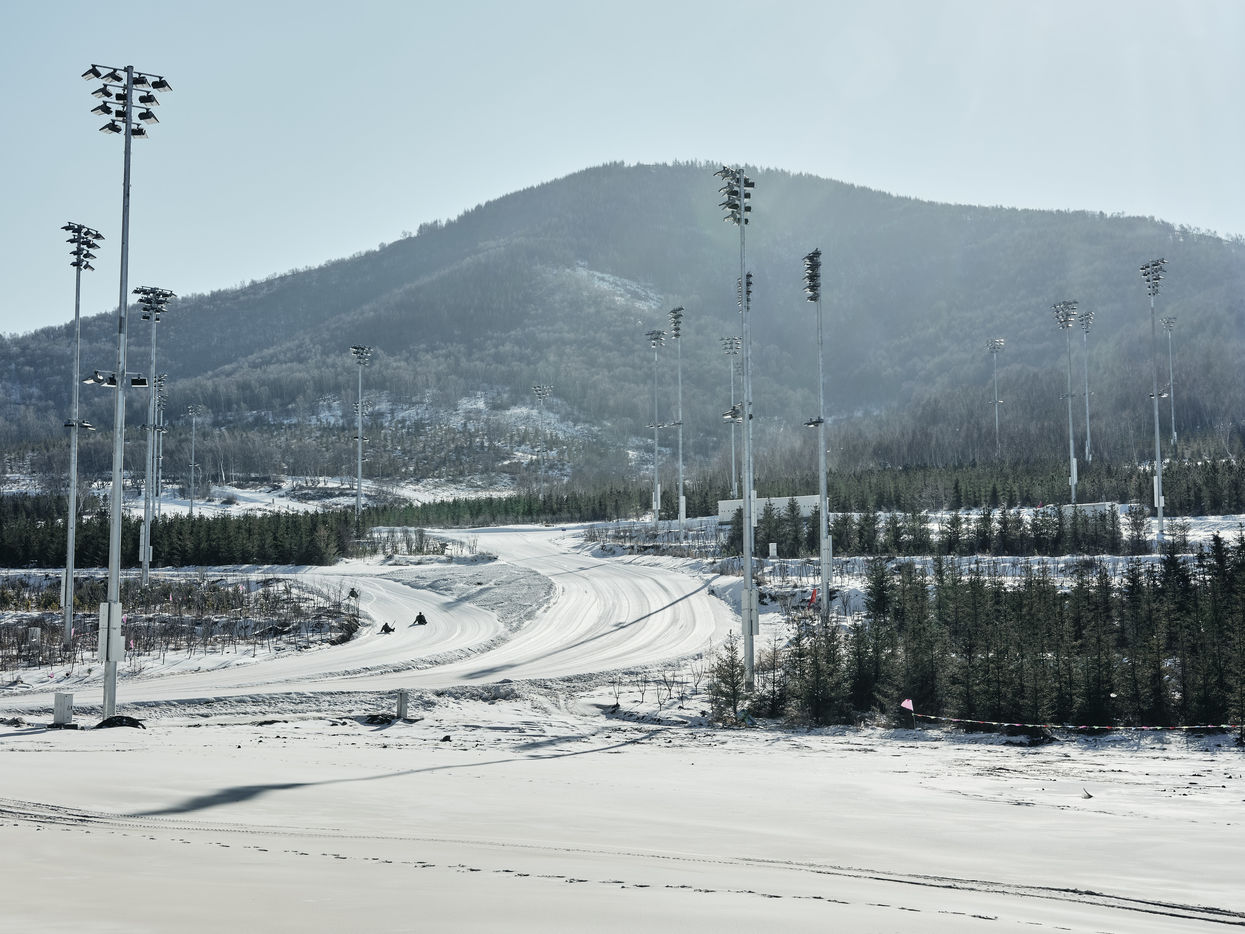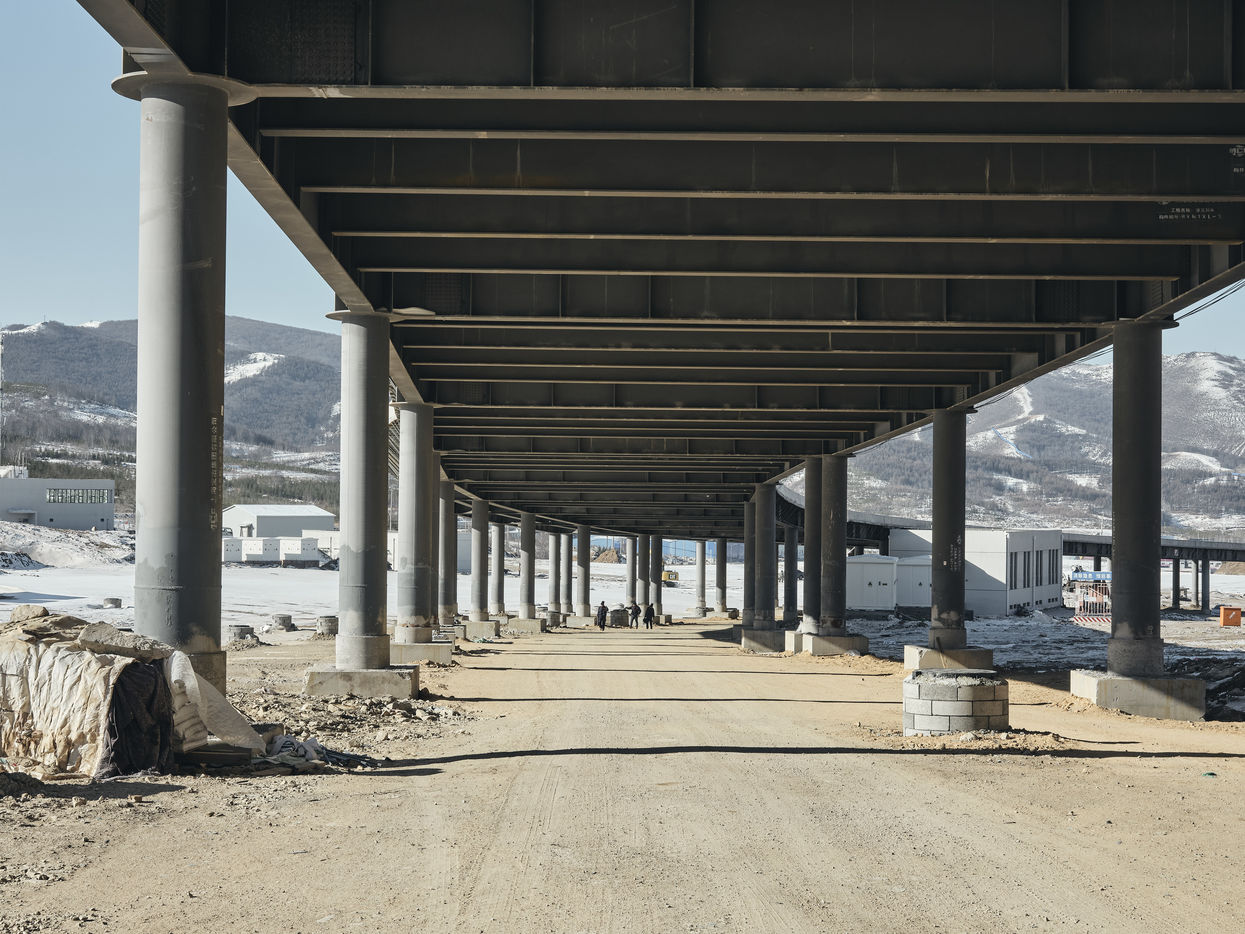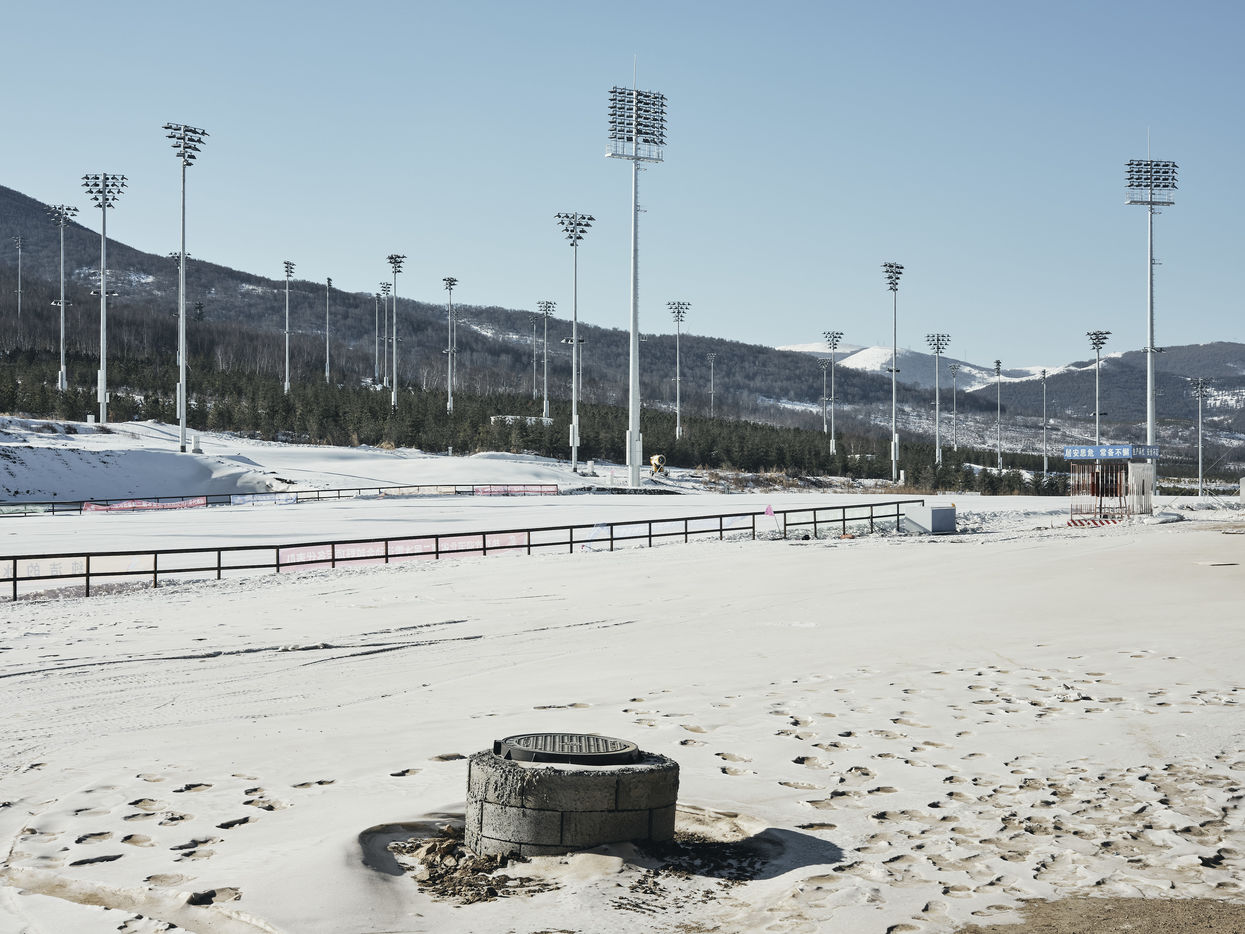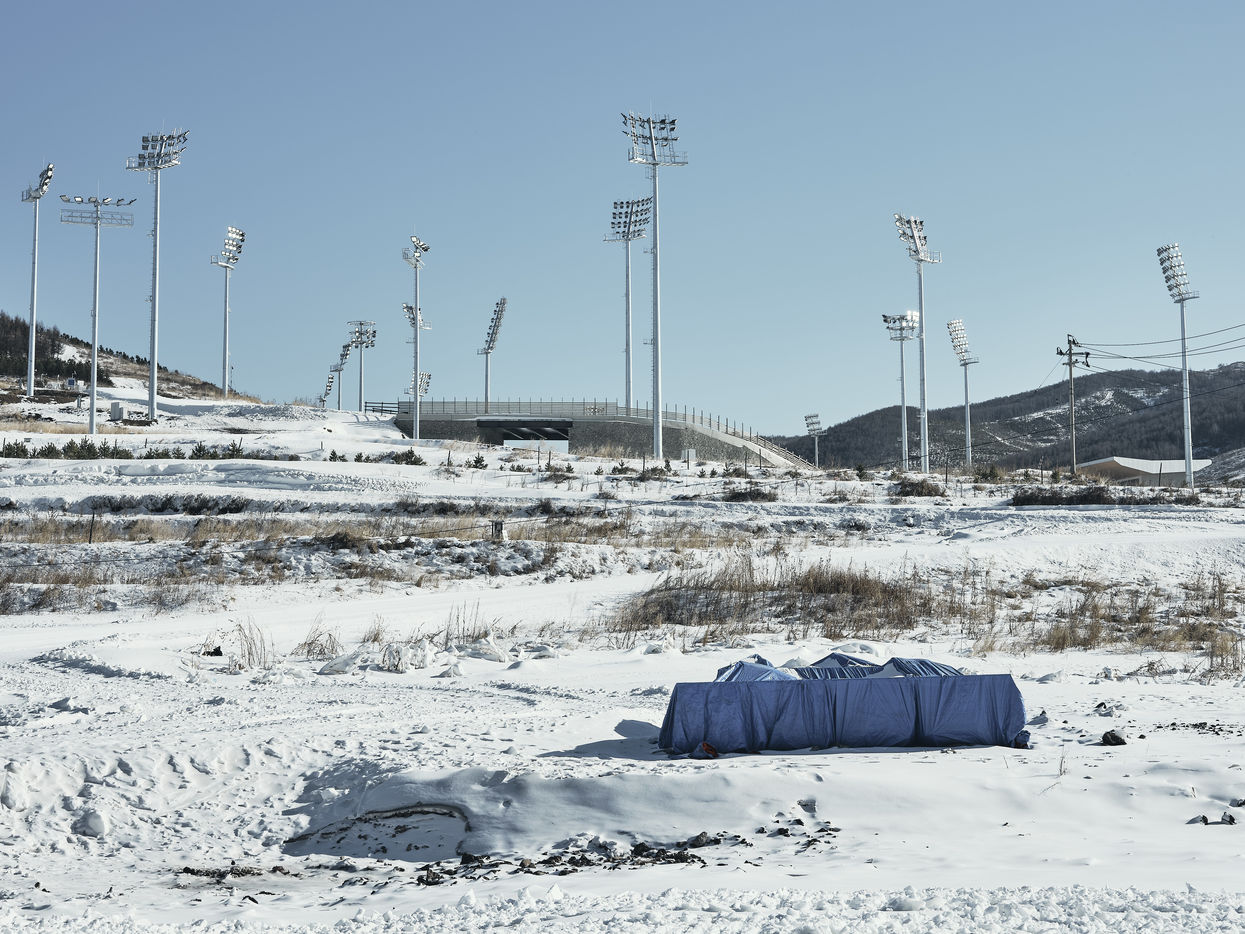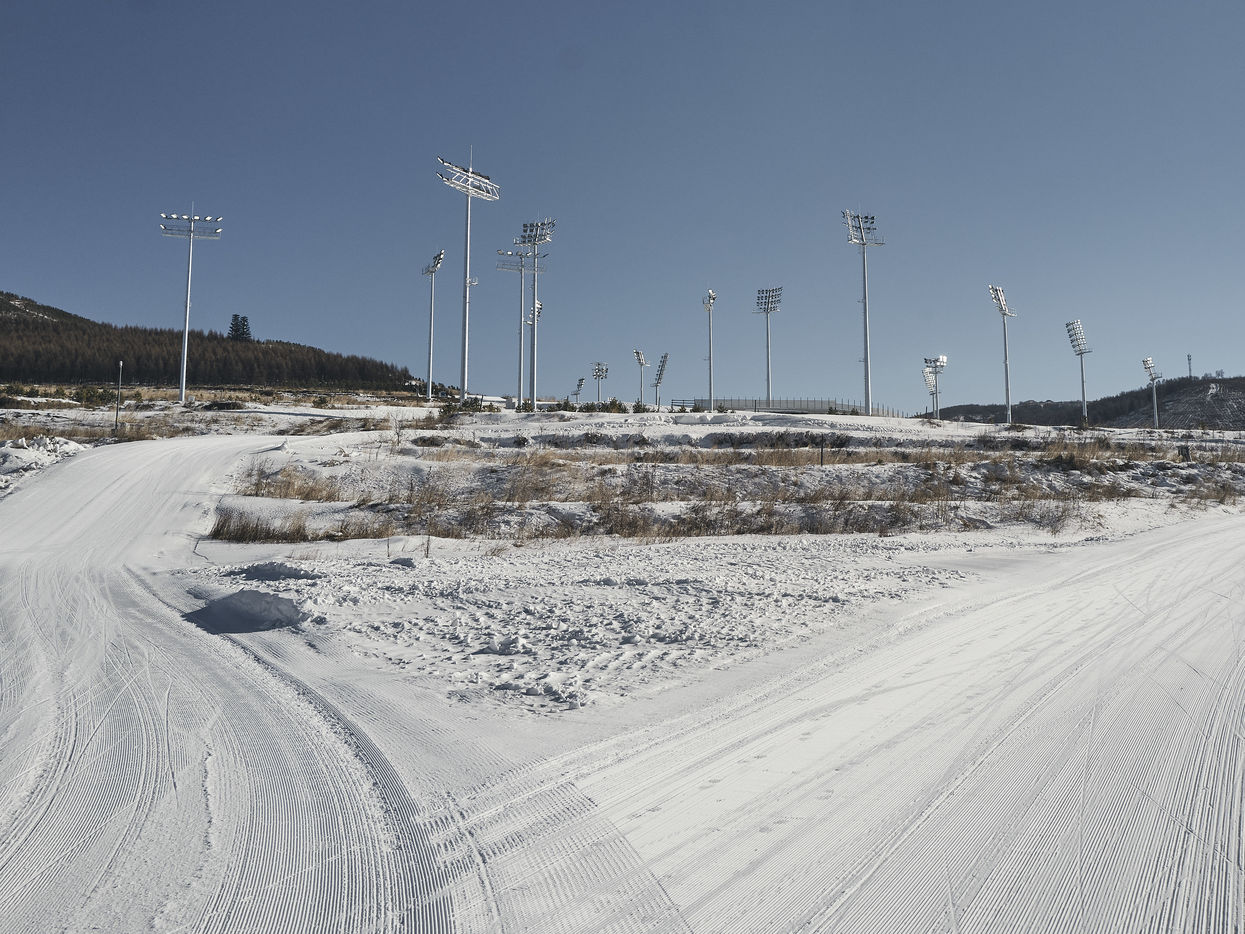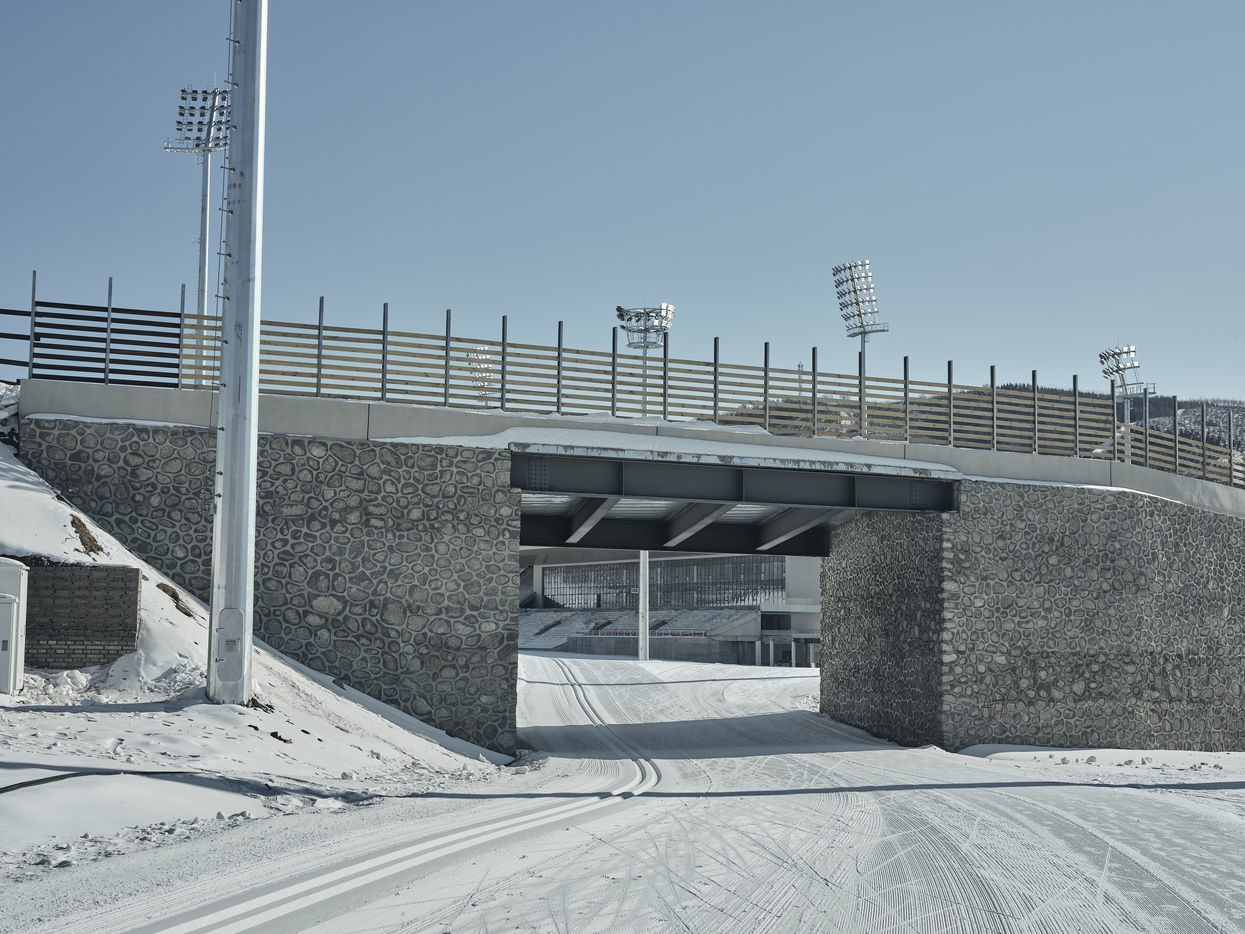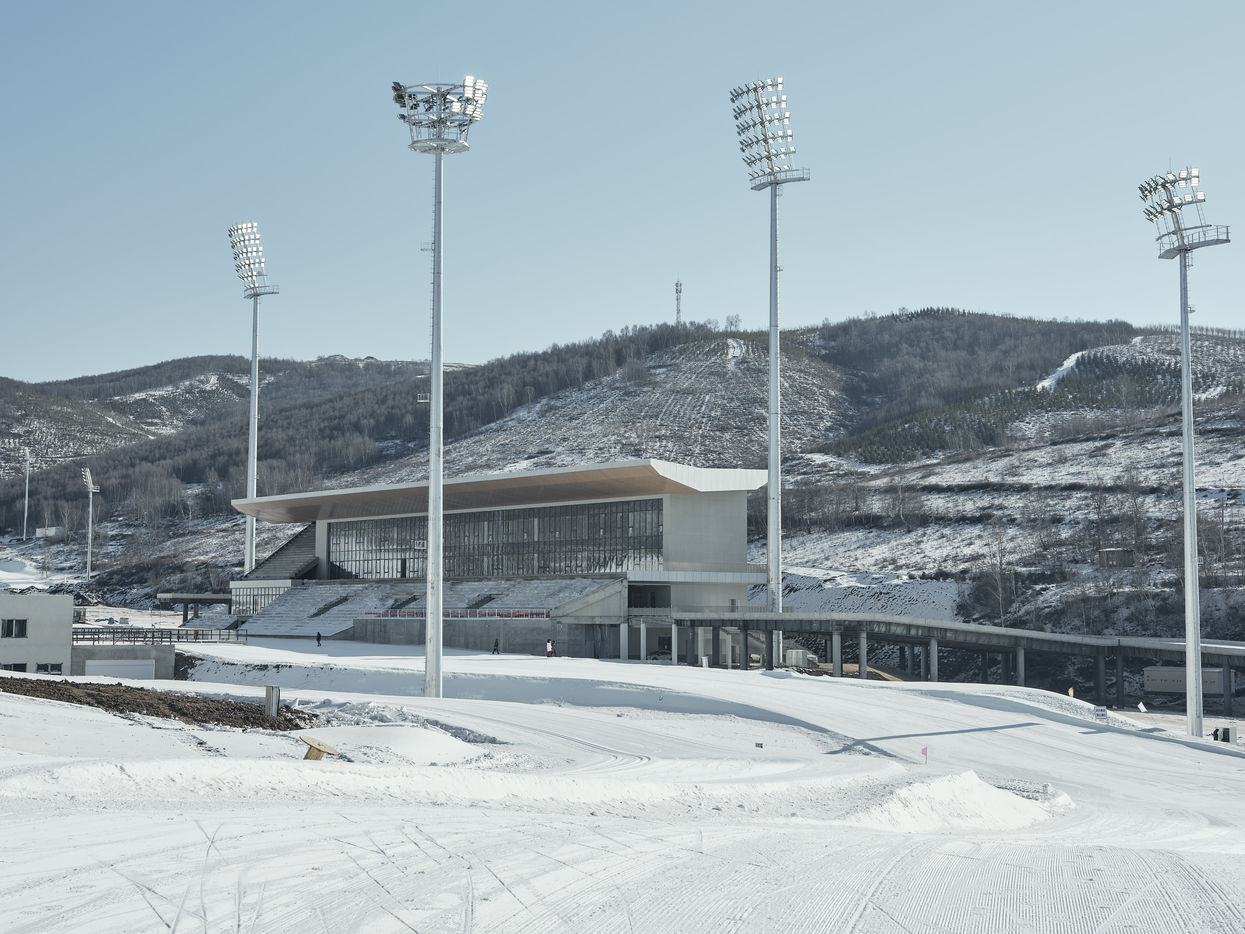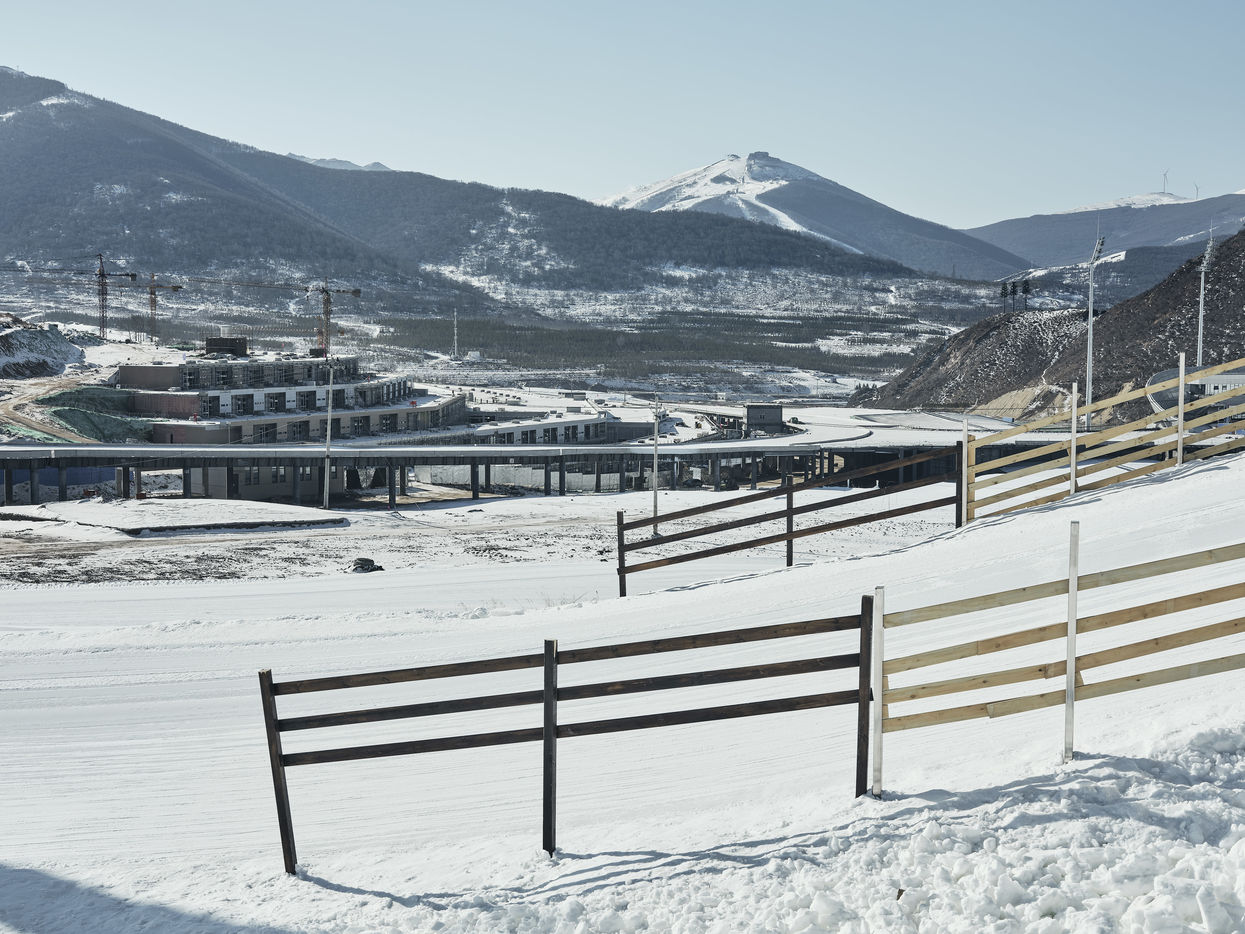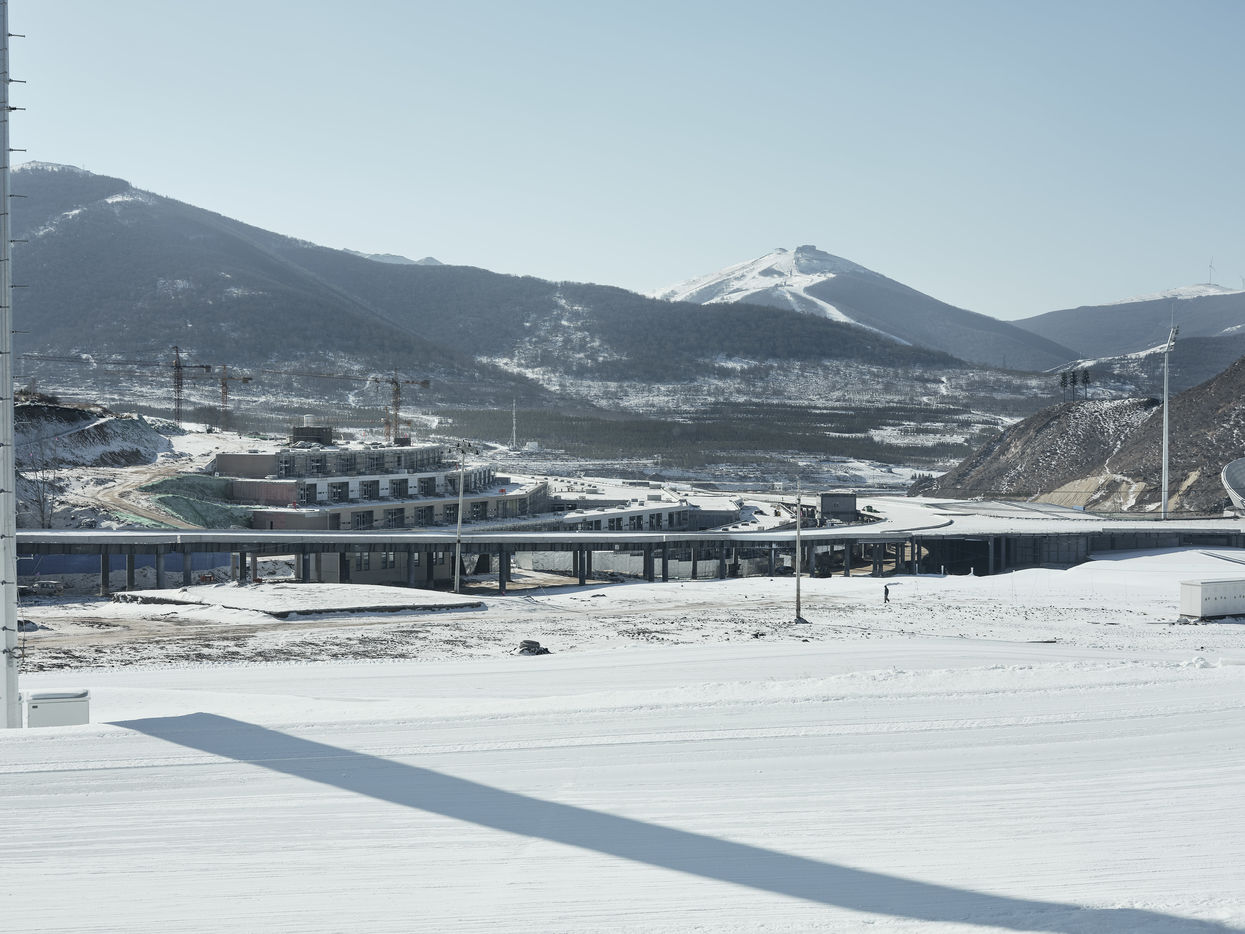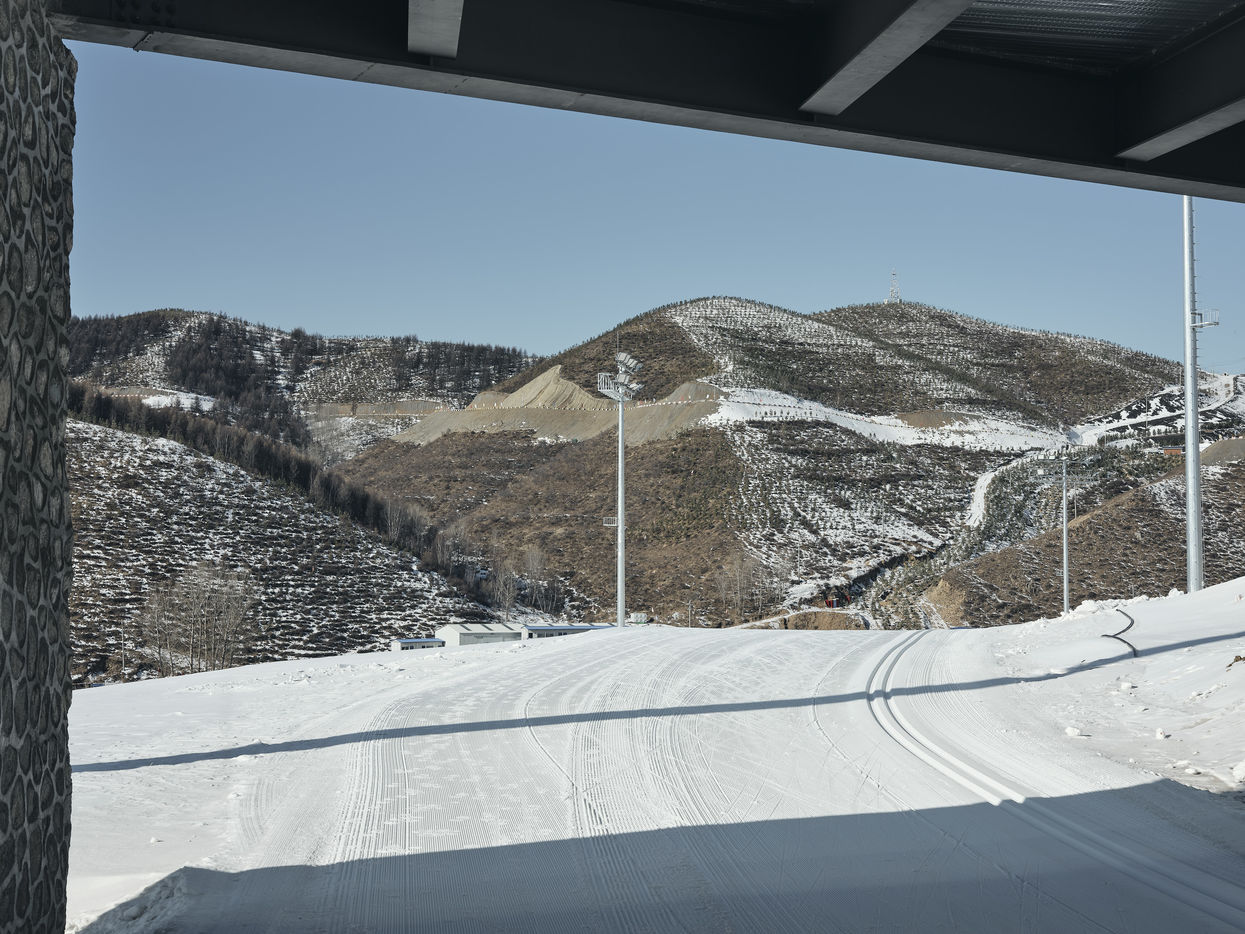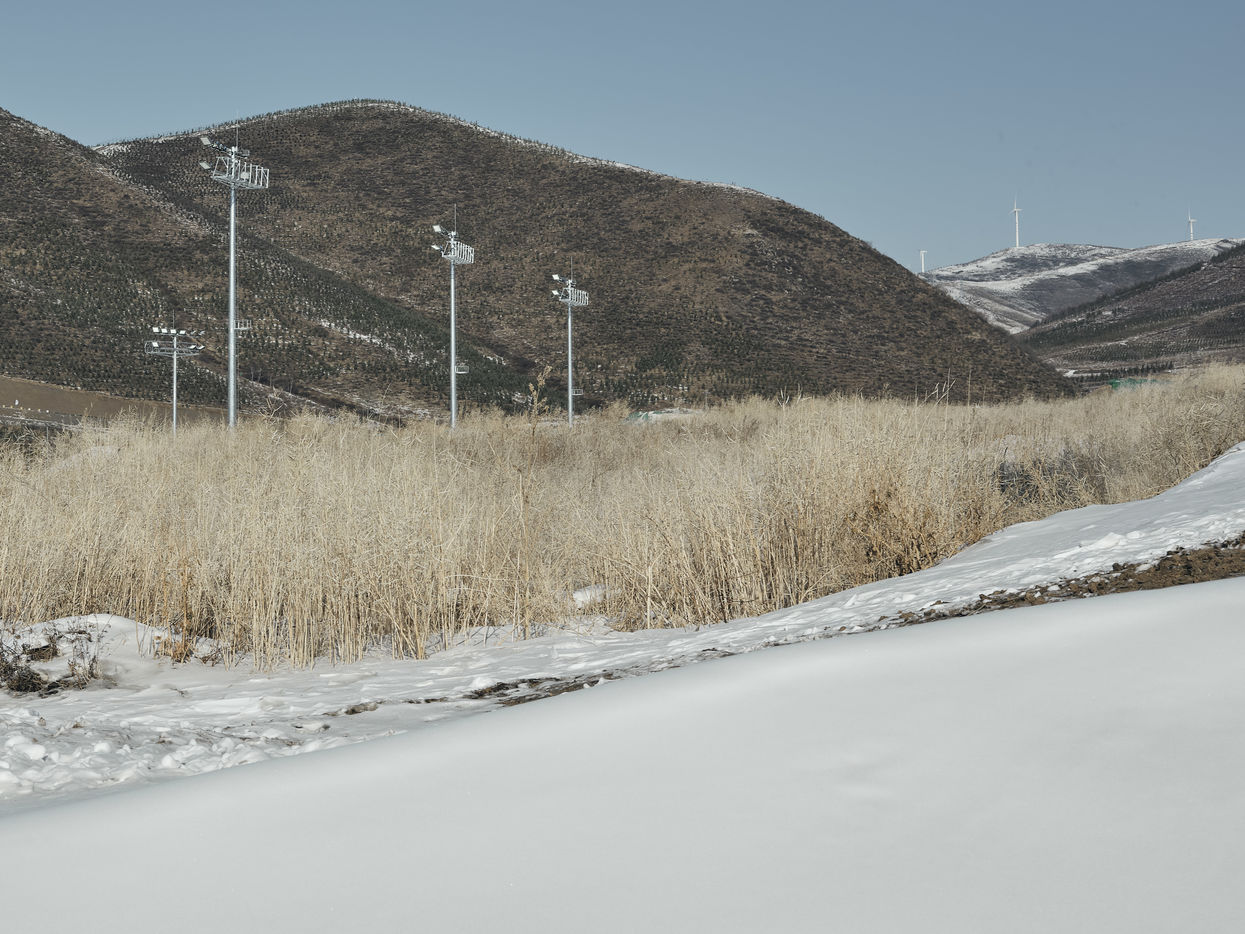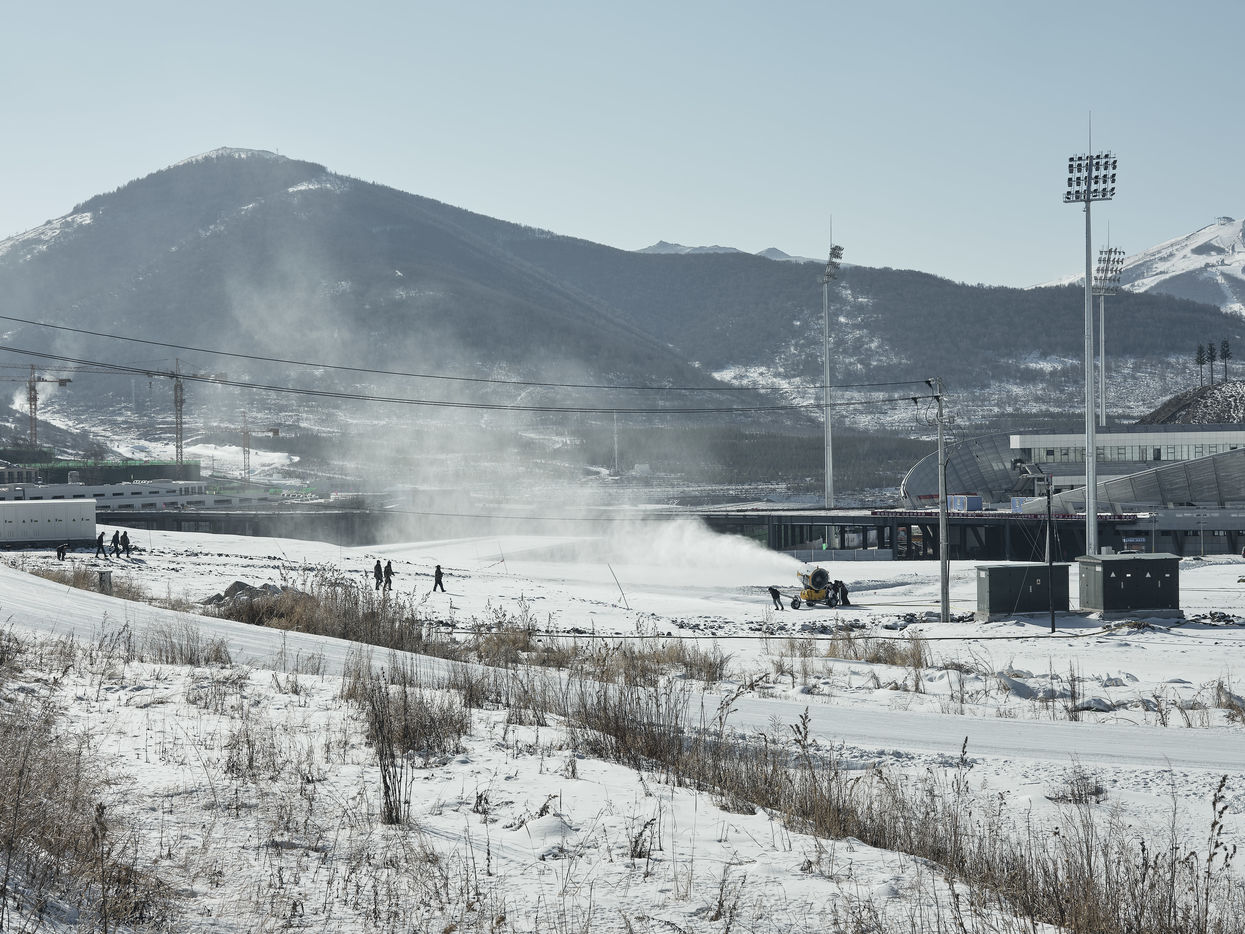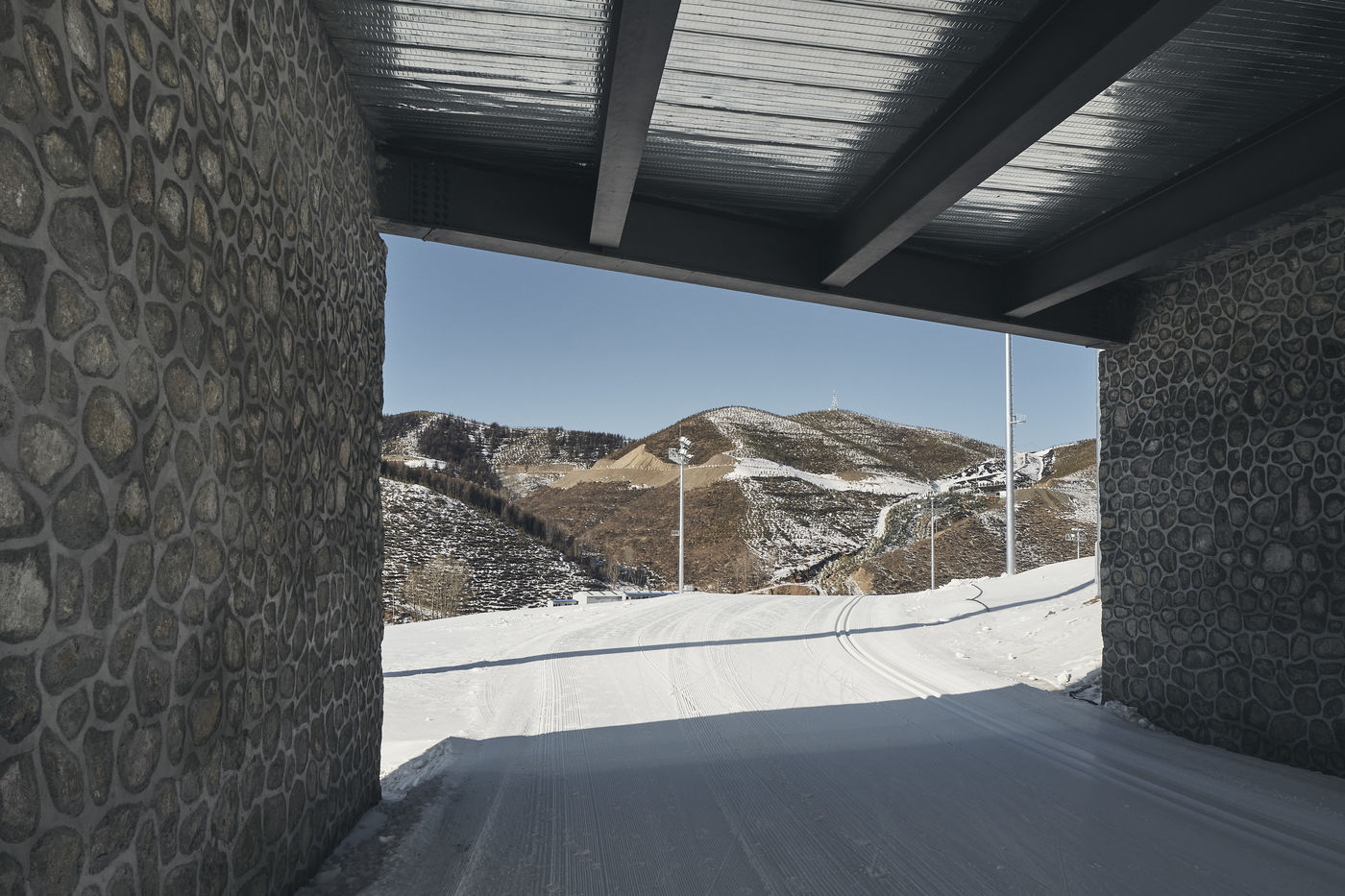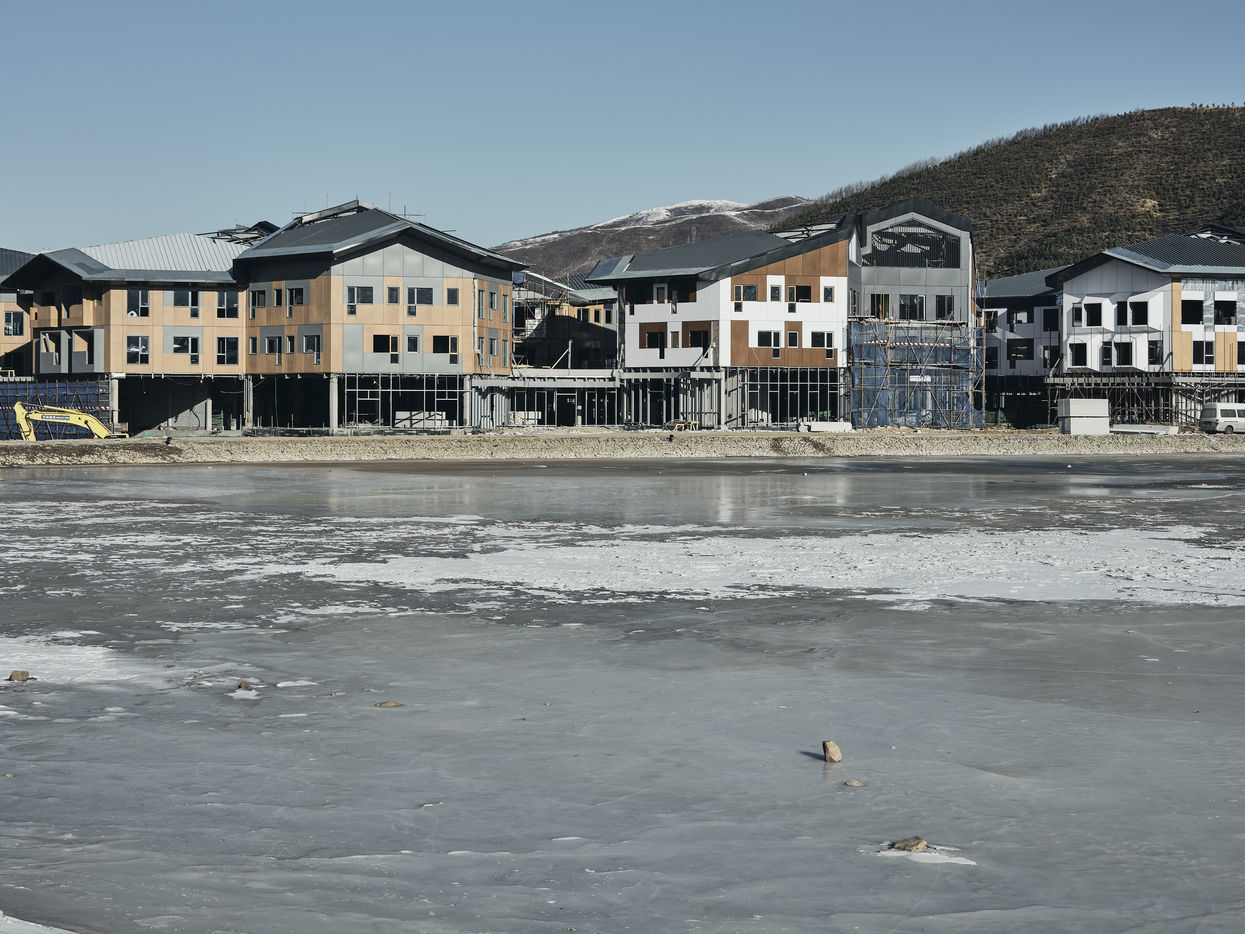OLYMPIC GAMES BEIJING 2022
Situee a environ 200 km de Beijing, Zhangjiakou accueillera les epreuves de snowboard, ski acrobatique, ski de fond, saut a ski, combine nordique et biathlon. Au contraire des sites de Pekin et de Yanking dont les infrastructures sont deja existantes, il a fallu creer de toutes pieces celles de Zhangjiakou.
Outre les enceintes sportives (rampe de saut, stade, pistes) et le village olympique, la region a construit deux nouvelles autoroutes qui permettent de la rejoindre depuis Pekin en 2 heures, ainsi qu une ligne de train a grande vitesse qui mettra moins de 50 mn pour arriver sur site.
D autres infrastructures pour l accueil des touristes (logements hoteliers, centres commerciaux) sont egalement en construction, l idee etant de faire de Zhangjiakou un pole majeur du ski en Chine au cours des prochaines annees et notamment un pole de competitions et d apprentissage pour les futures generations d athletes.
Seul probleme, Zhangjiakou est situee dans une region semi-aride et ne recoit en moyenne que 20 cm de neige par an. Mais le climat glacial en hiver permet de faire tourner a plein regime des canons a neige.
En decembre 2020, les travaux d un montant estime d environ 3 milliards de dollars pour les seules infrastructures sportives, etaient acheves a 80 .
OLYMPIC GAMES BEIJING 2022
Located about 200 km from Beijing, Zhangjiakou will host snowboarding, freestyle skiing, cross-country skiing, ski jumping, Nordic combined and biathlon events. Instead of the existing infrastructure in Beijing and Yanking, the Zhangjiakou venue had to be built from scratch.
In addition to the sports venues (jumping ramp, stadium, tracks) and the Olympic village, the region has built two new highways that will allow to reach it from Beijing in 2 hours, as well as a high-speed train line that will take less than 50 minutes to reach the site.
Other infrastructures to welcome tourists (hotel accommodations, shopping malls) are also under construction, the idea being to make Zhangjiakou a major center of skiing in China in the coming years and notably a center of competition and learning for future generations of athletes.
The only problem is that Zhangjiakou is located in a semi-arid region and receives on average only 20 cm of snow per year. But the icy climate in winter allows snow cannons to operate at full capacity.
By December 2020, the estimated 3 billion worth of work on the sports infrastructure alone was 80 complete.
